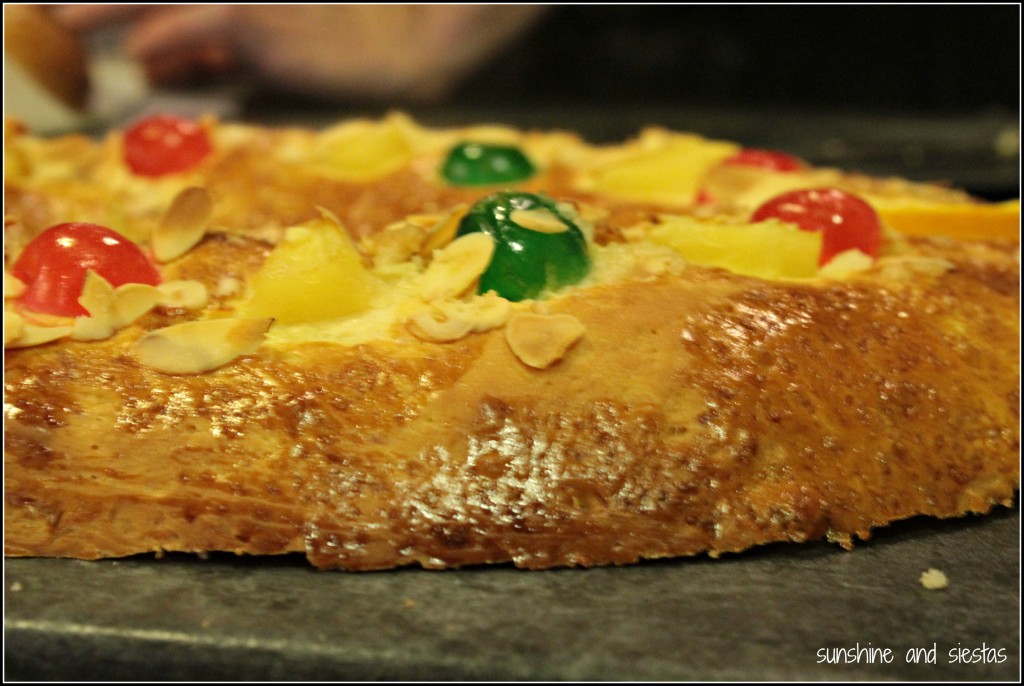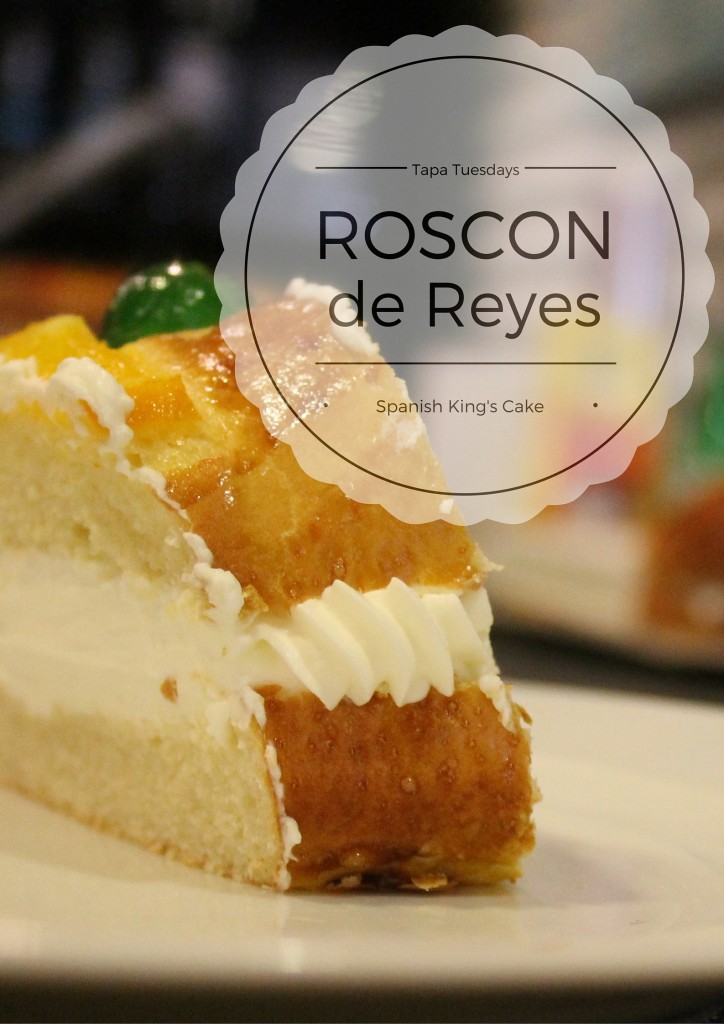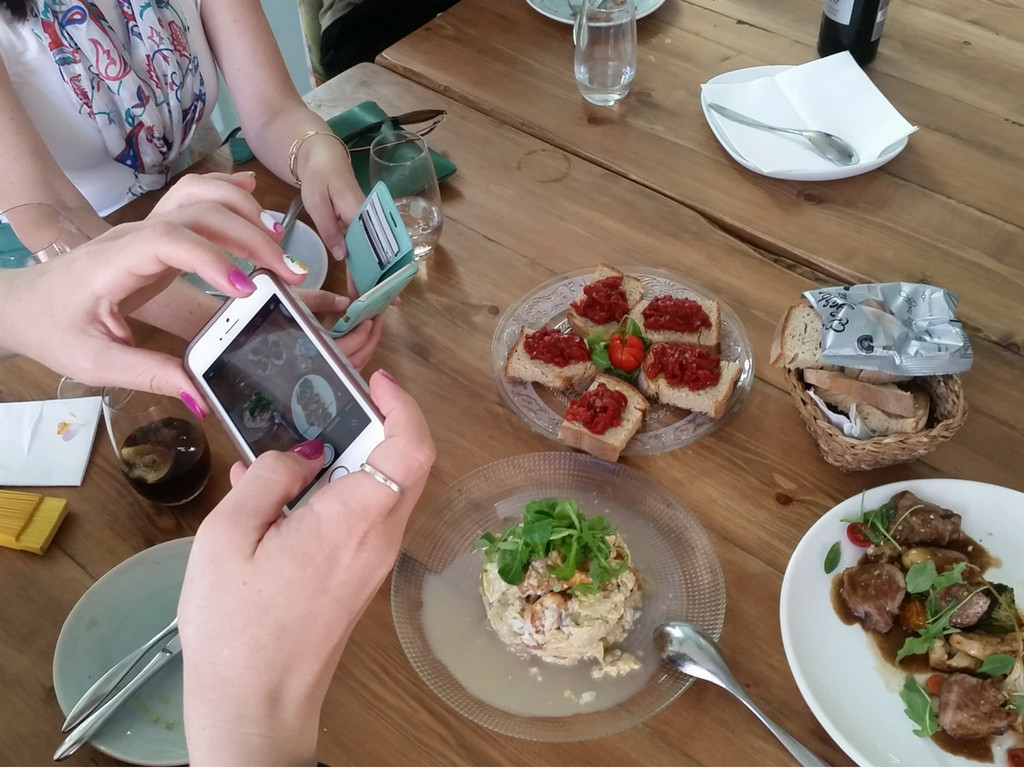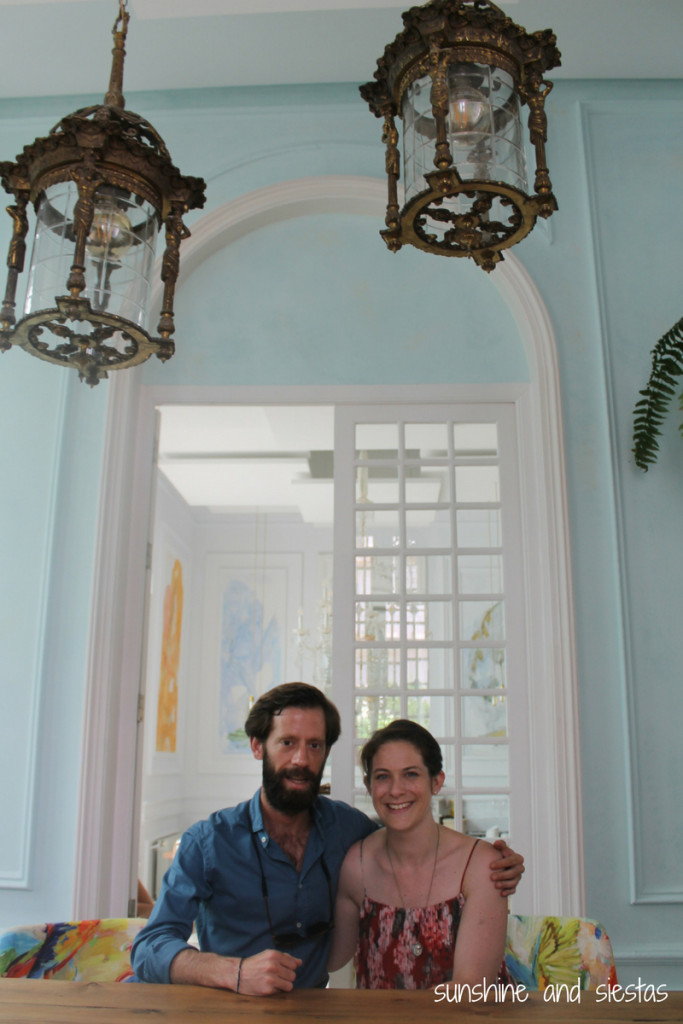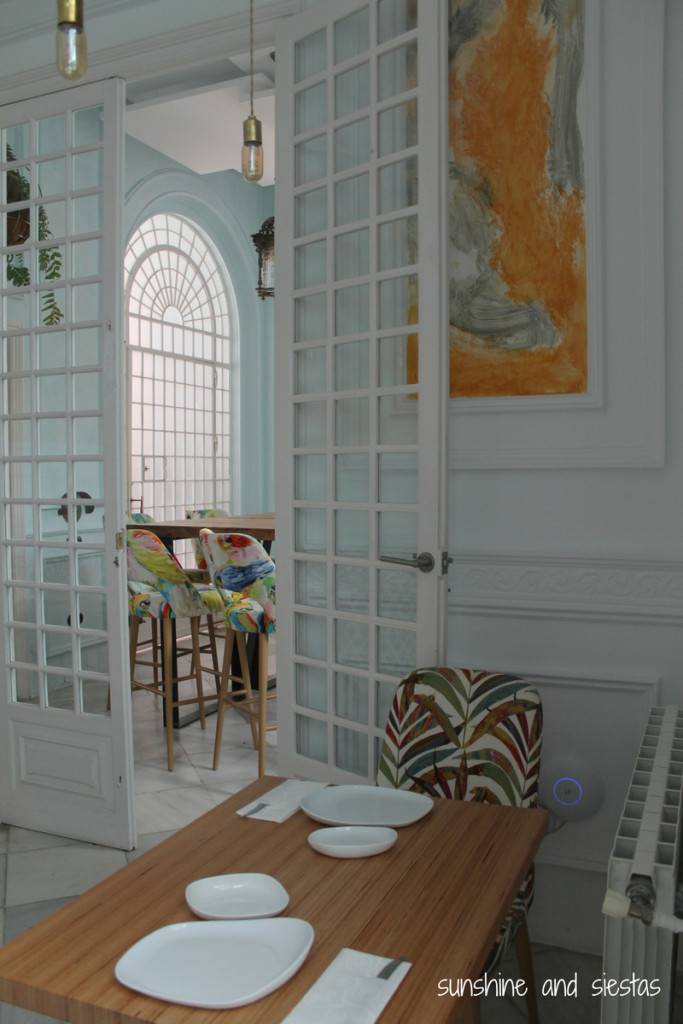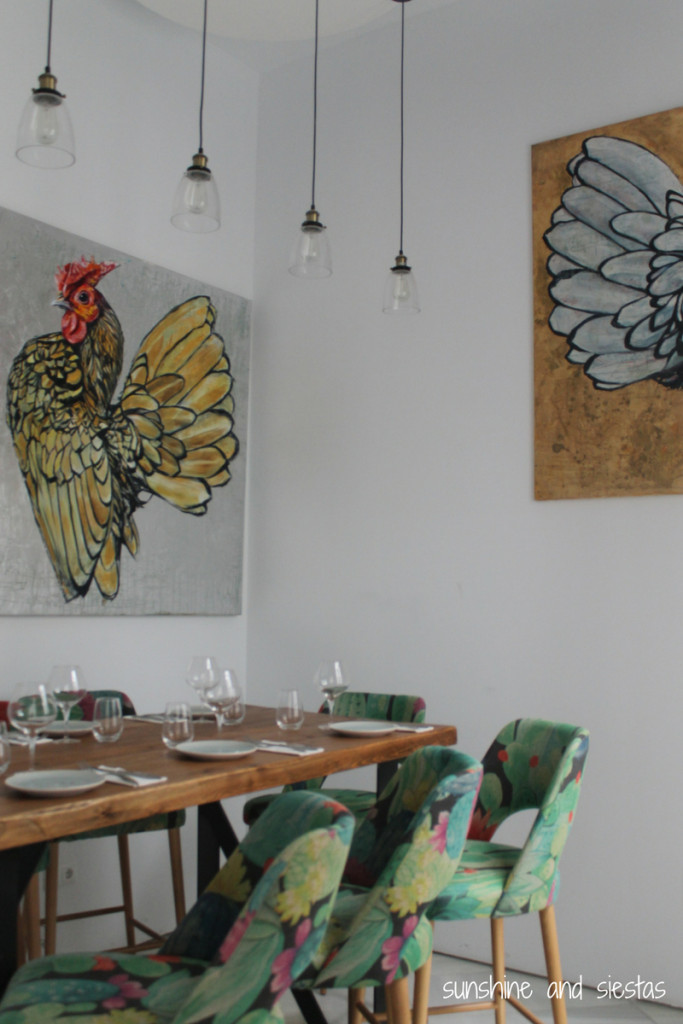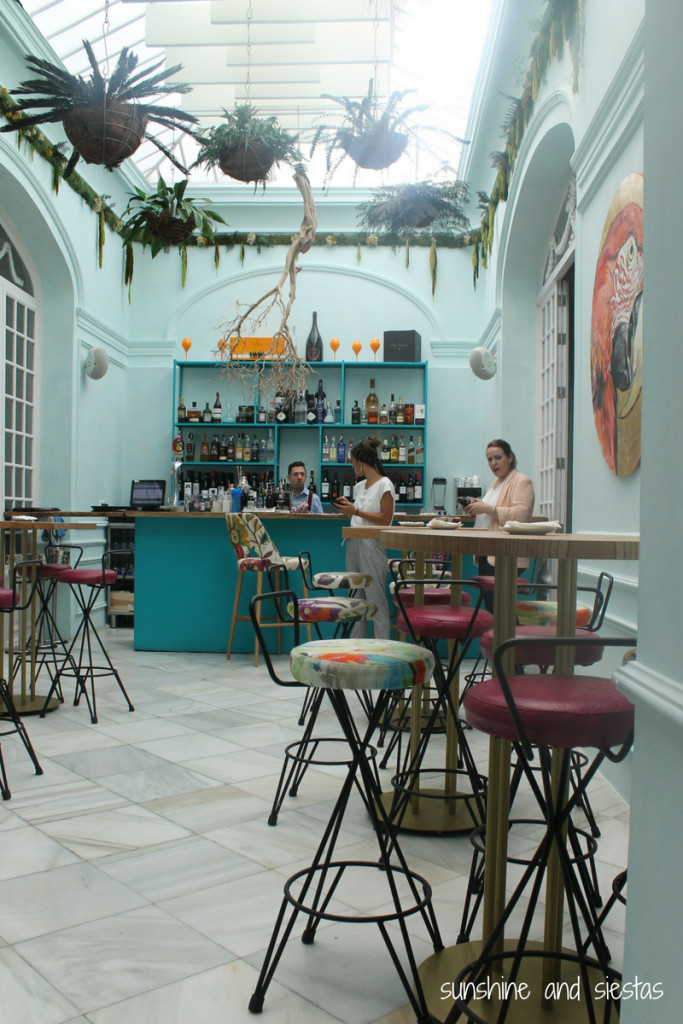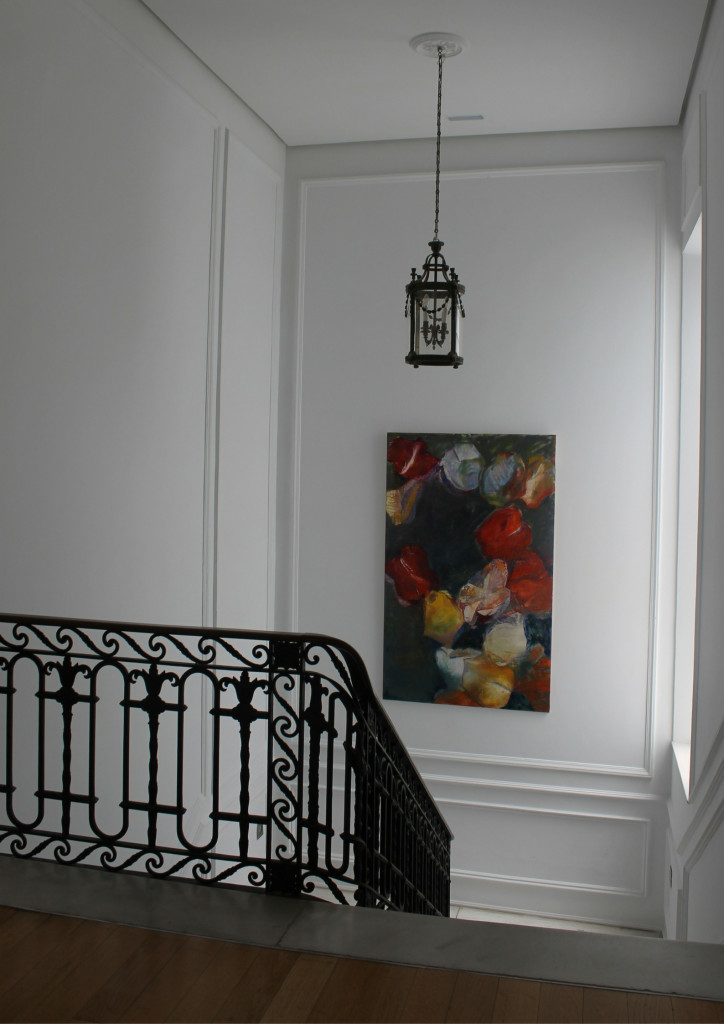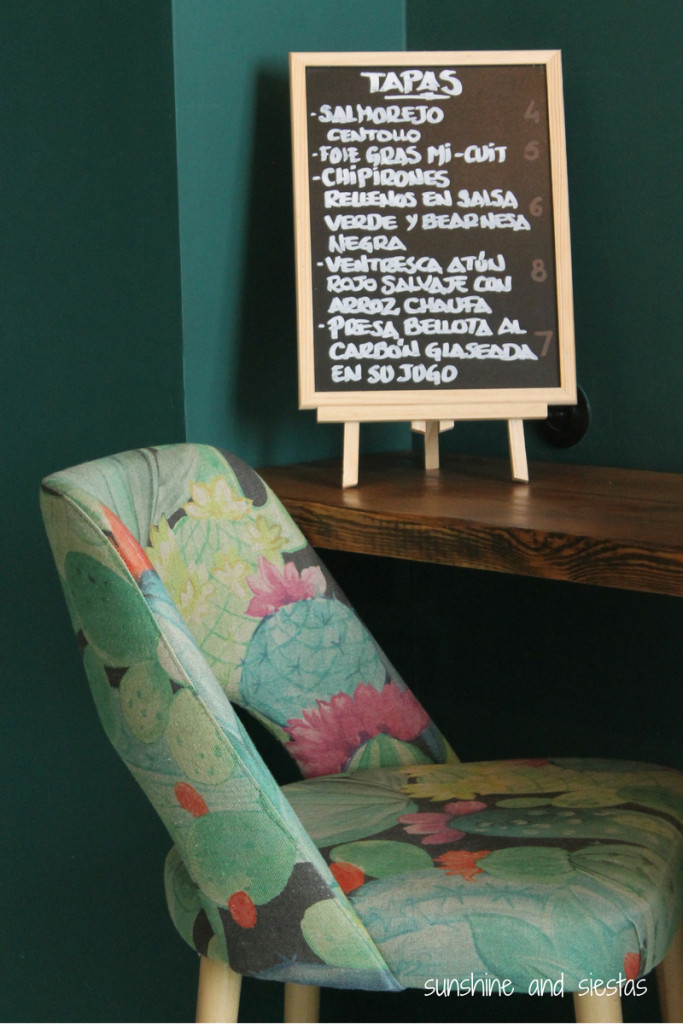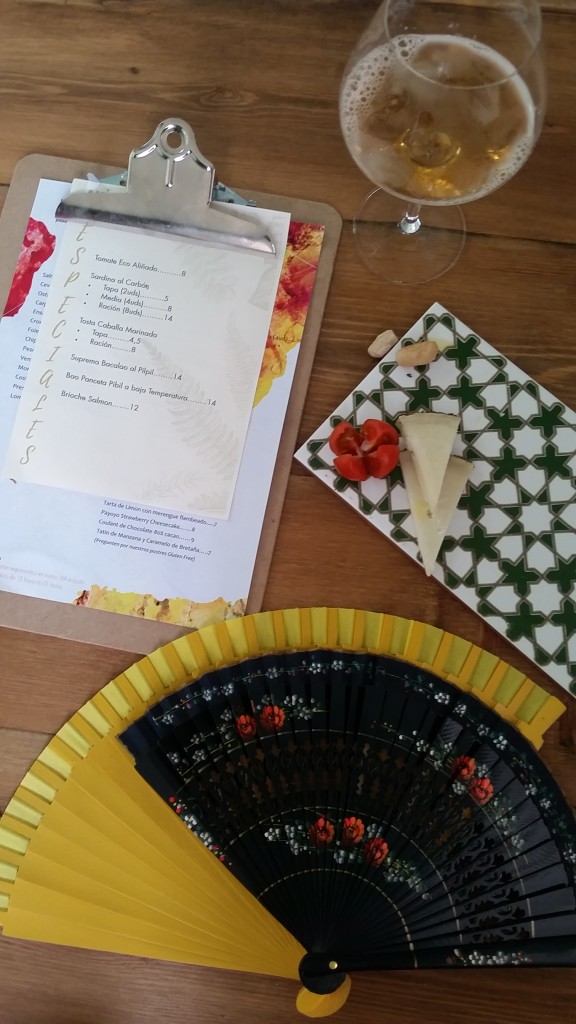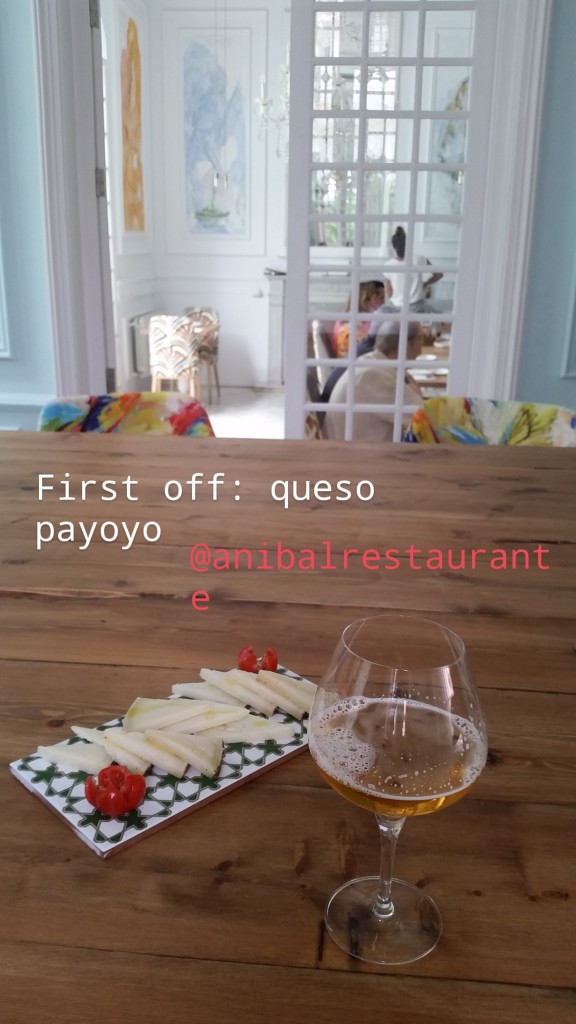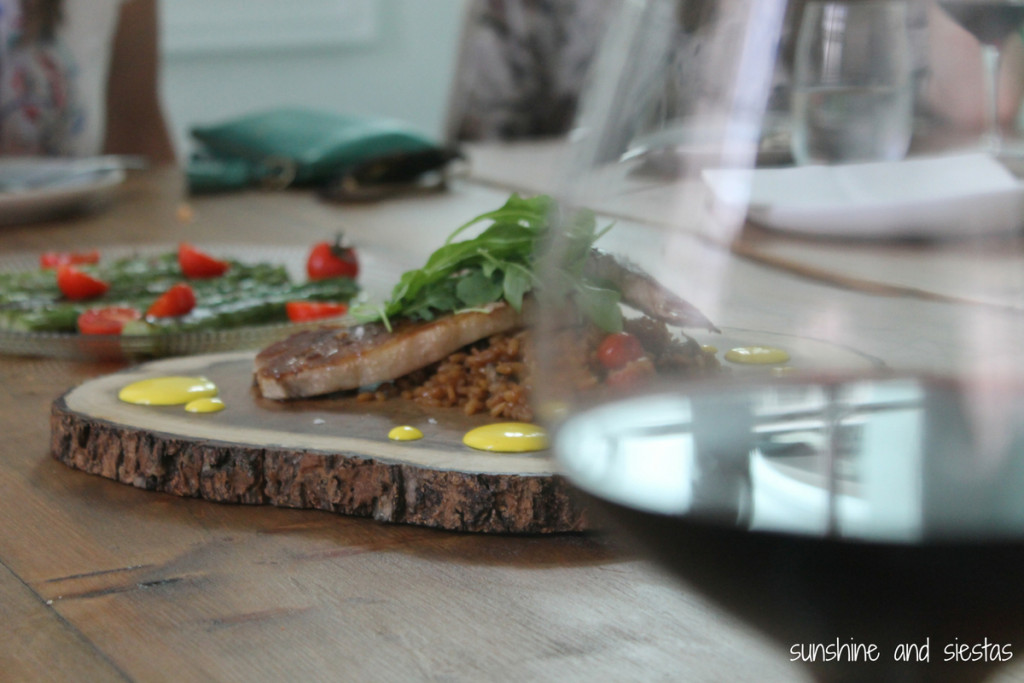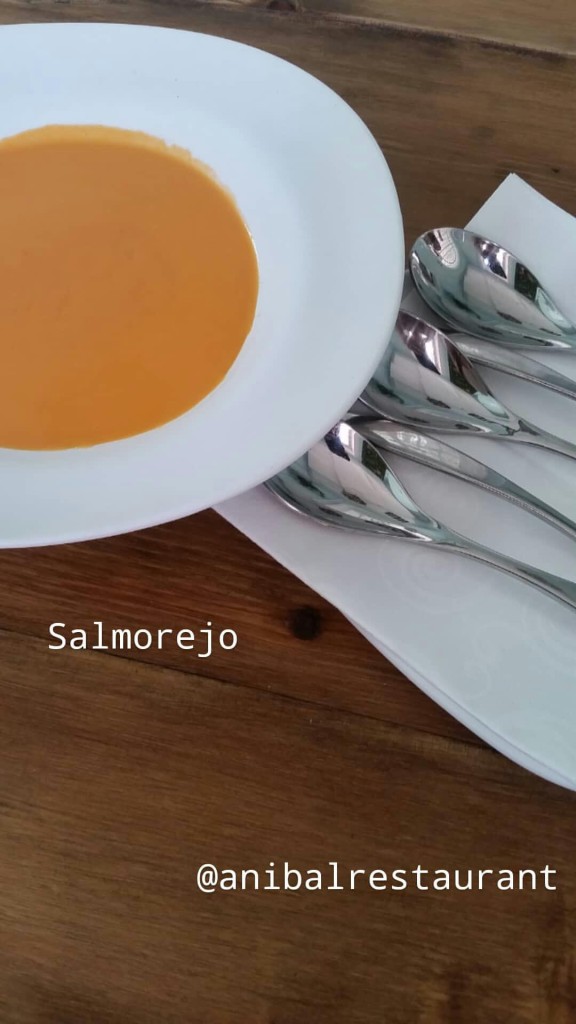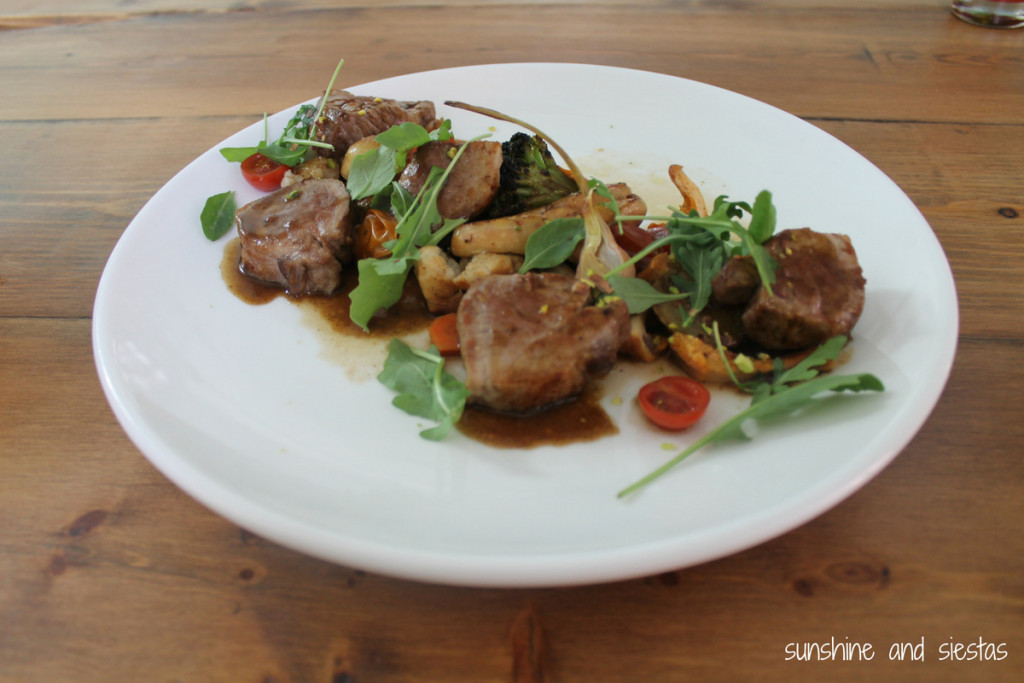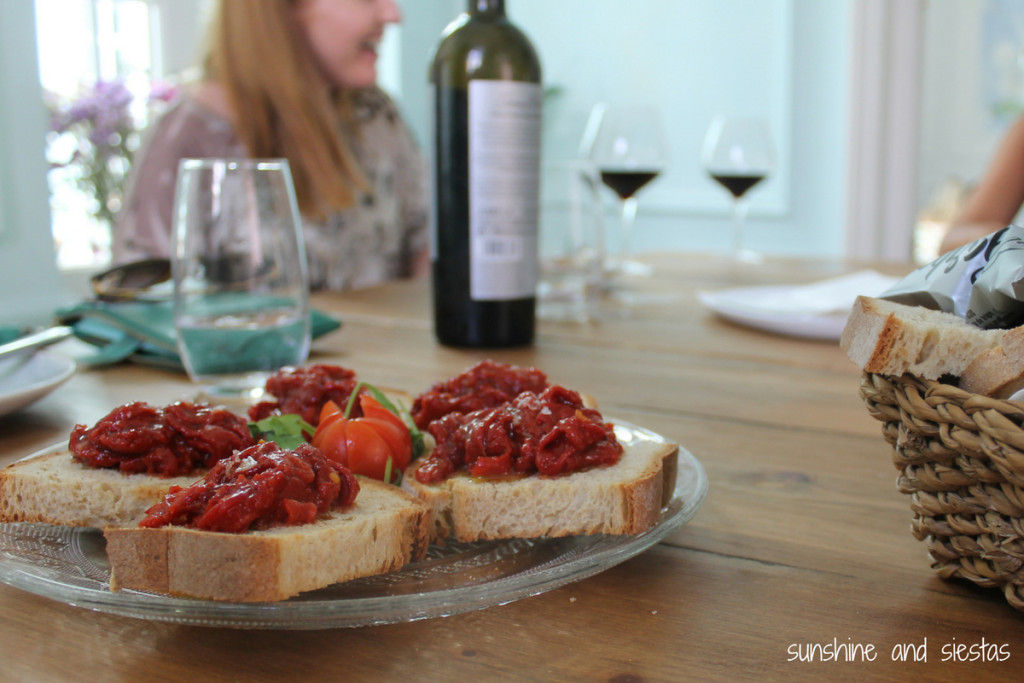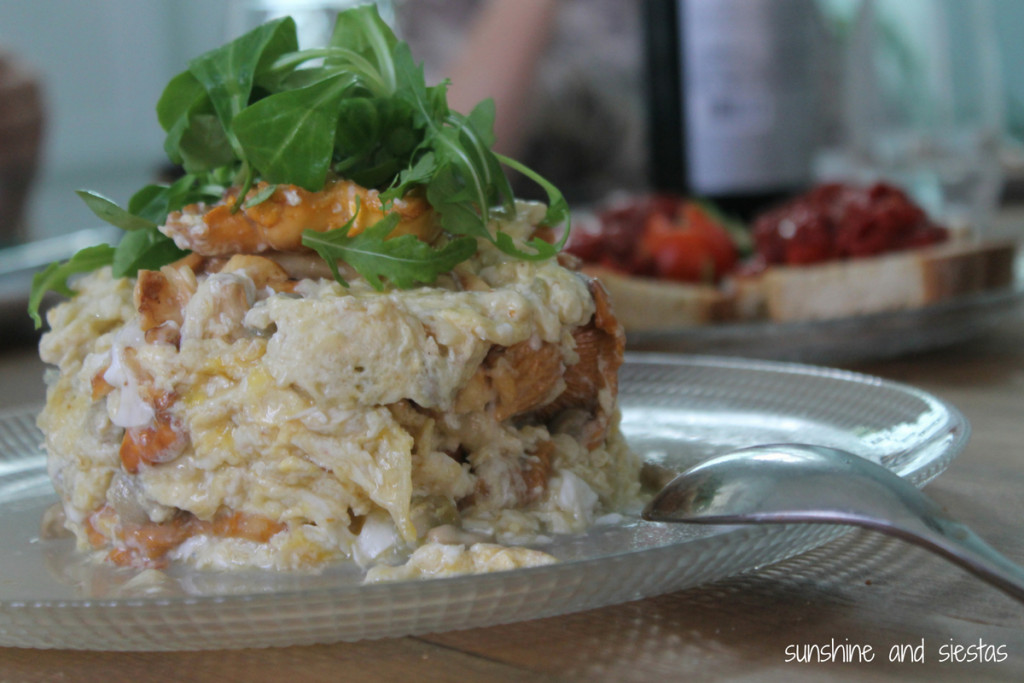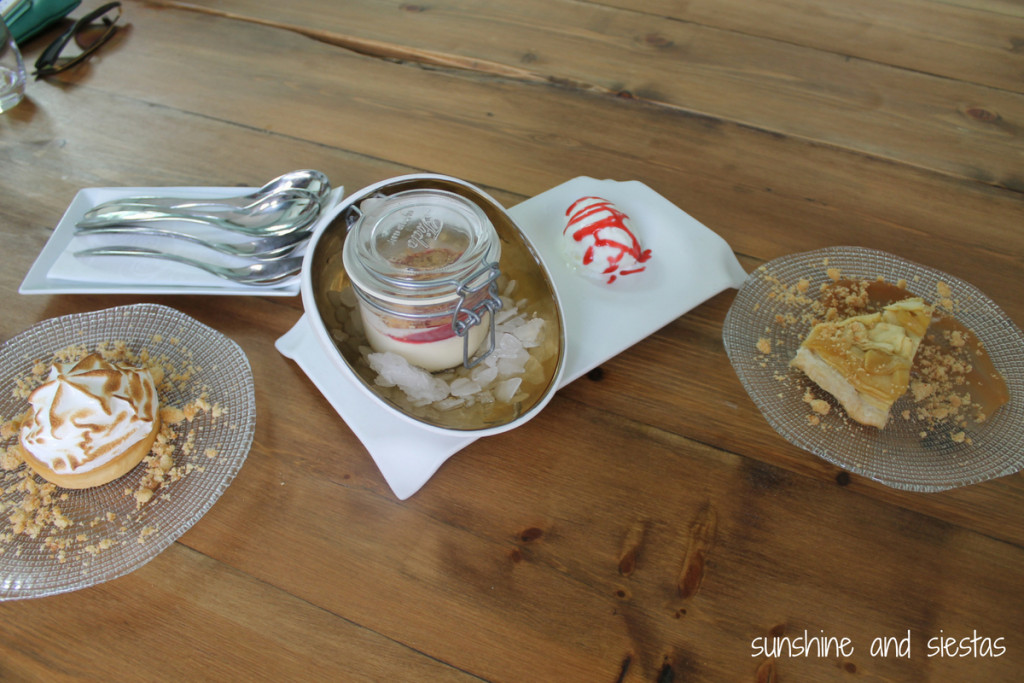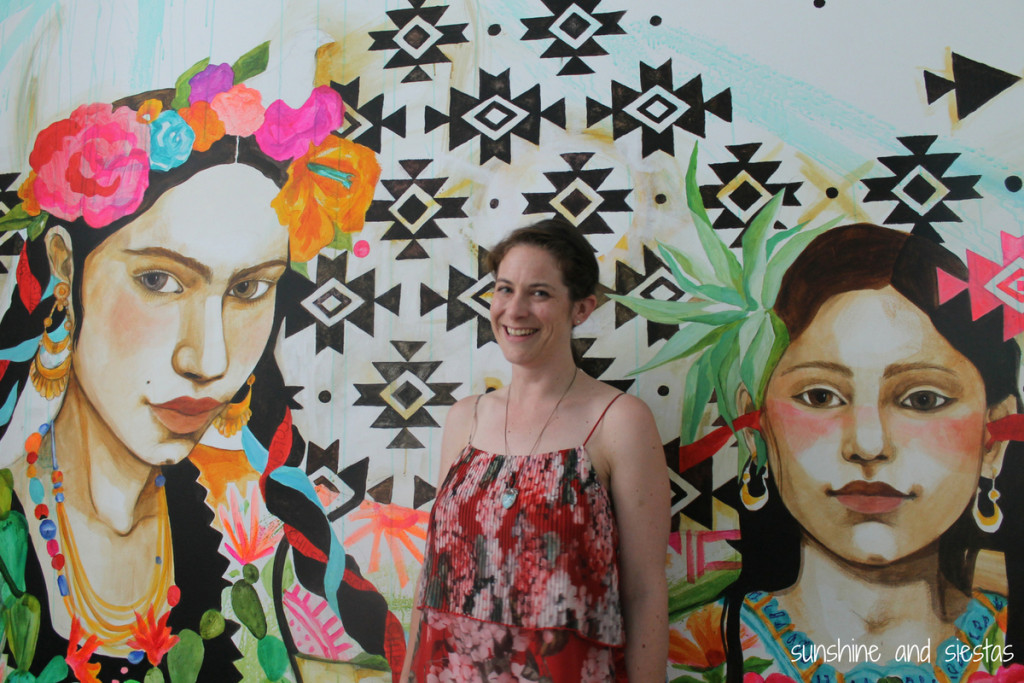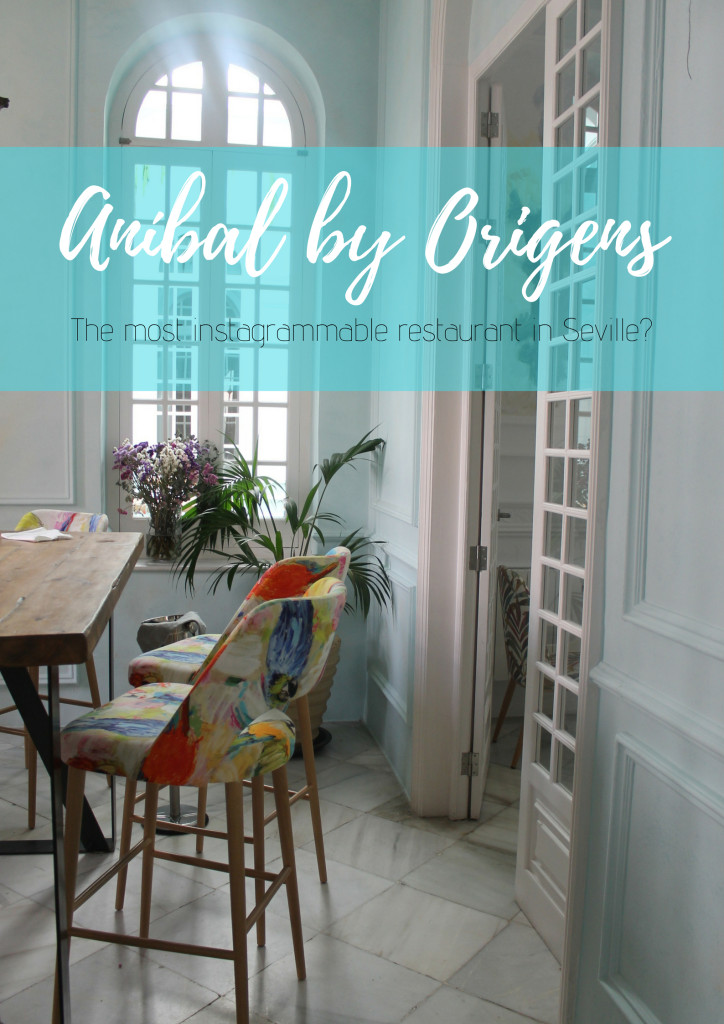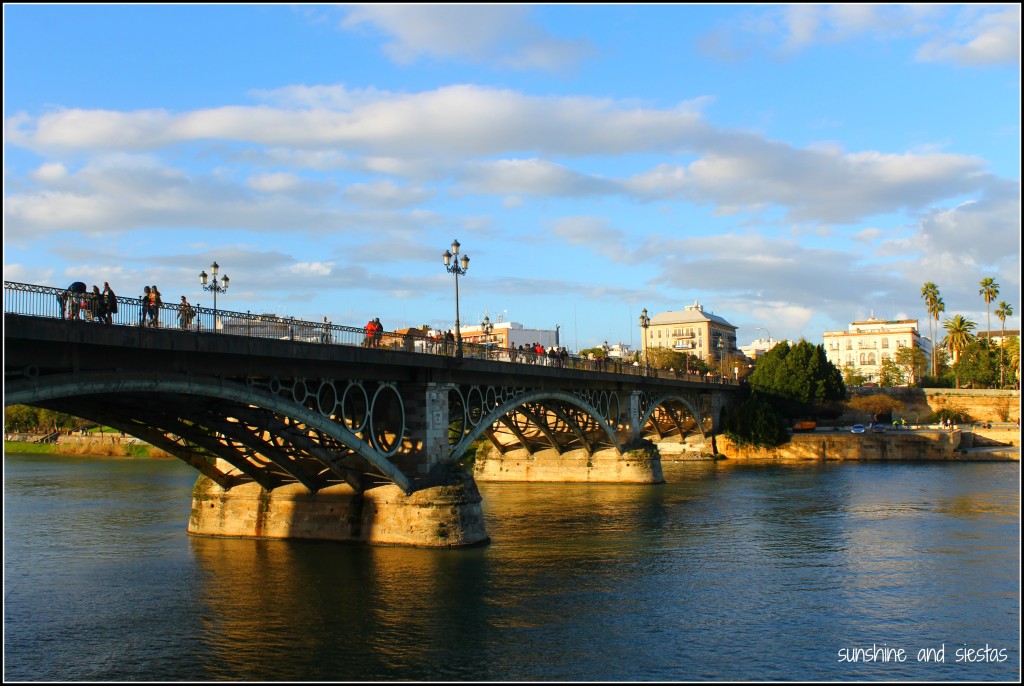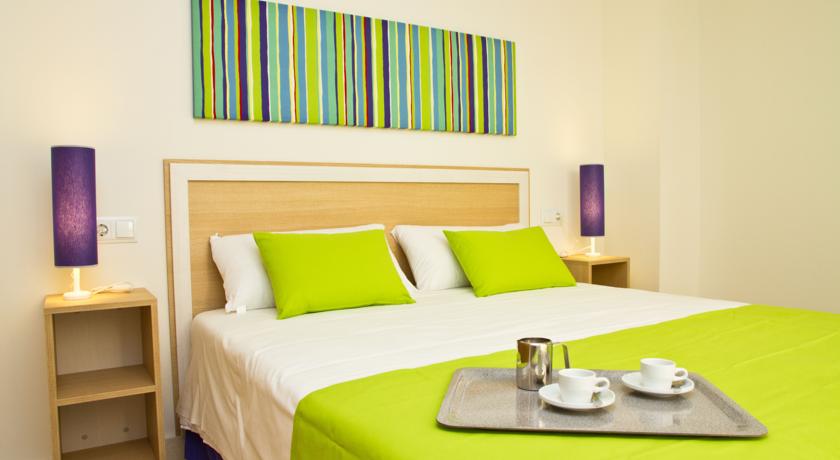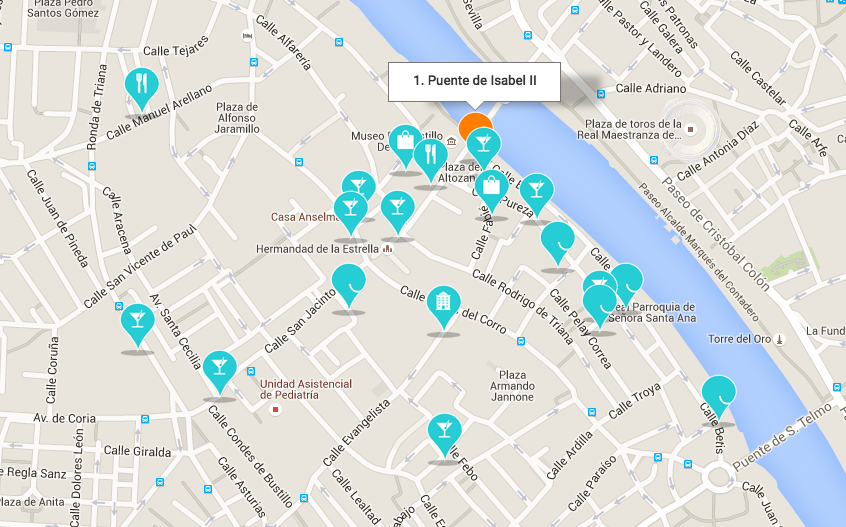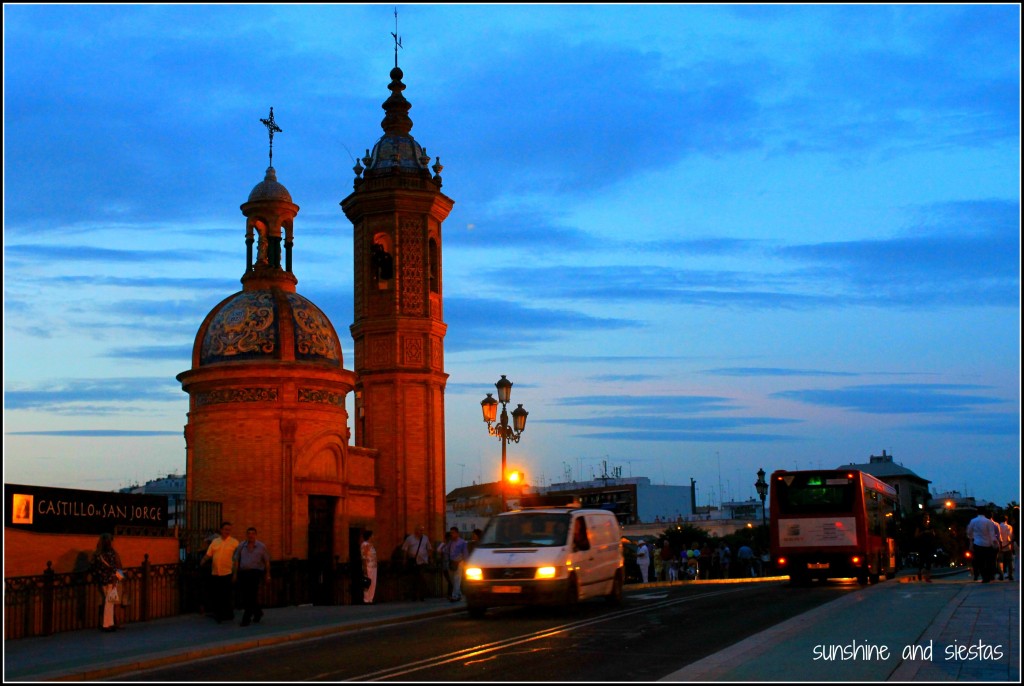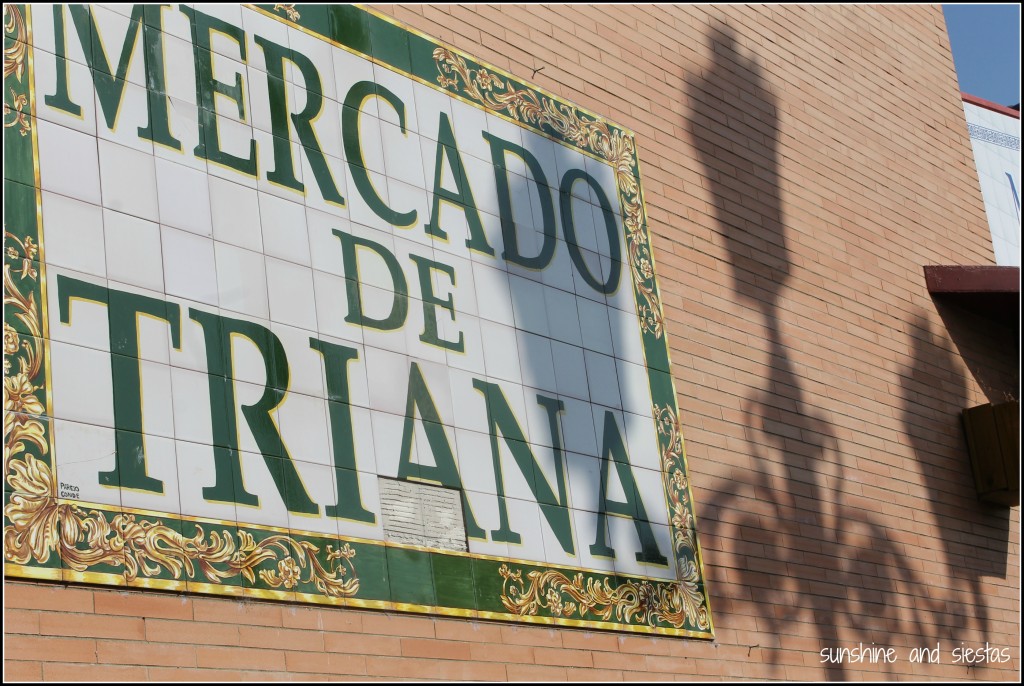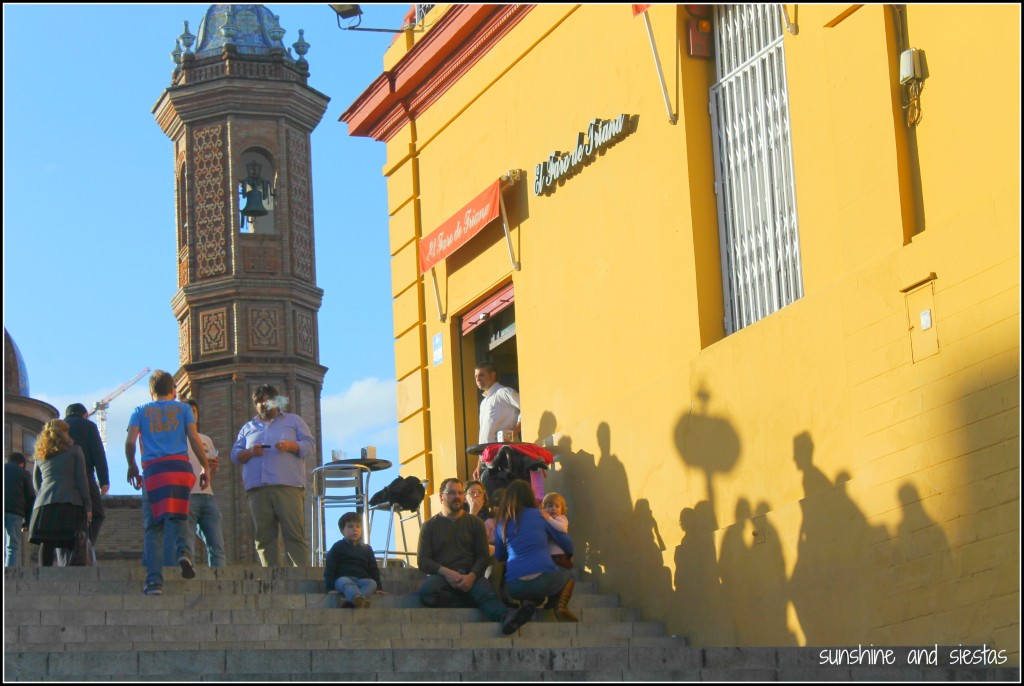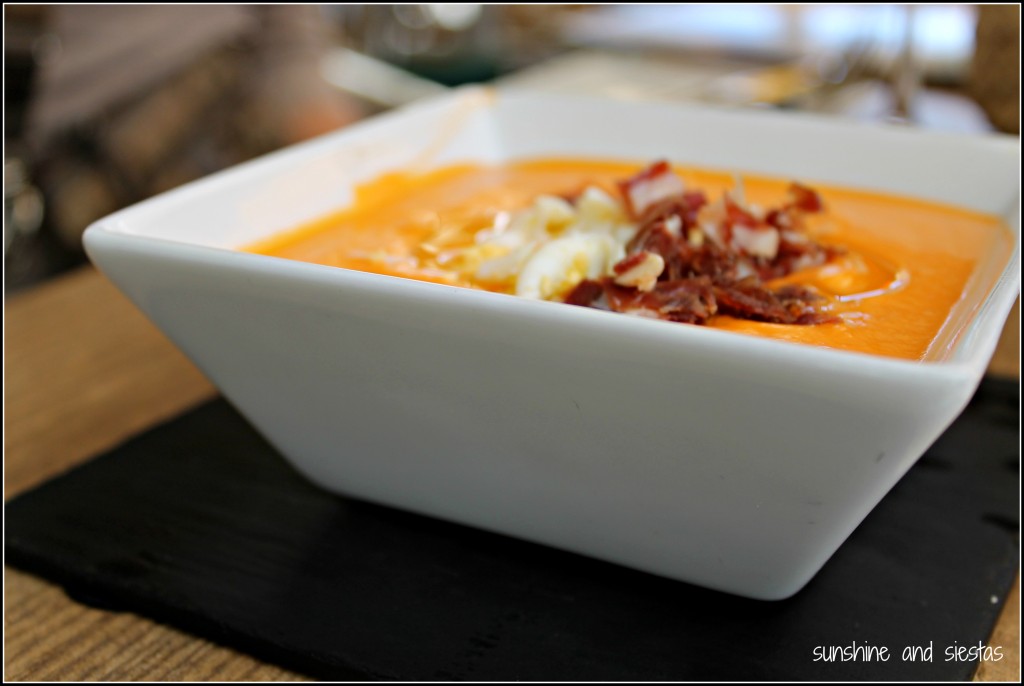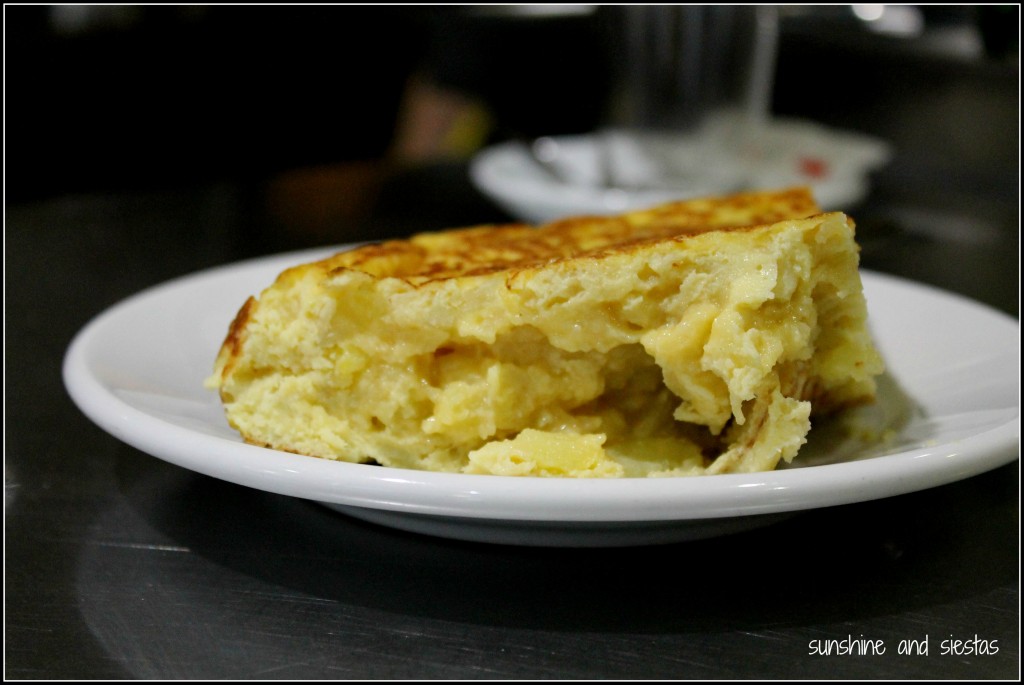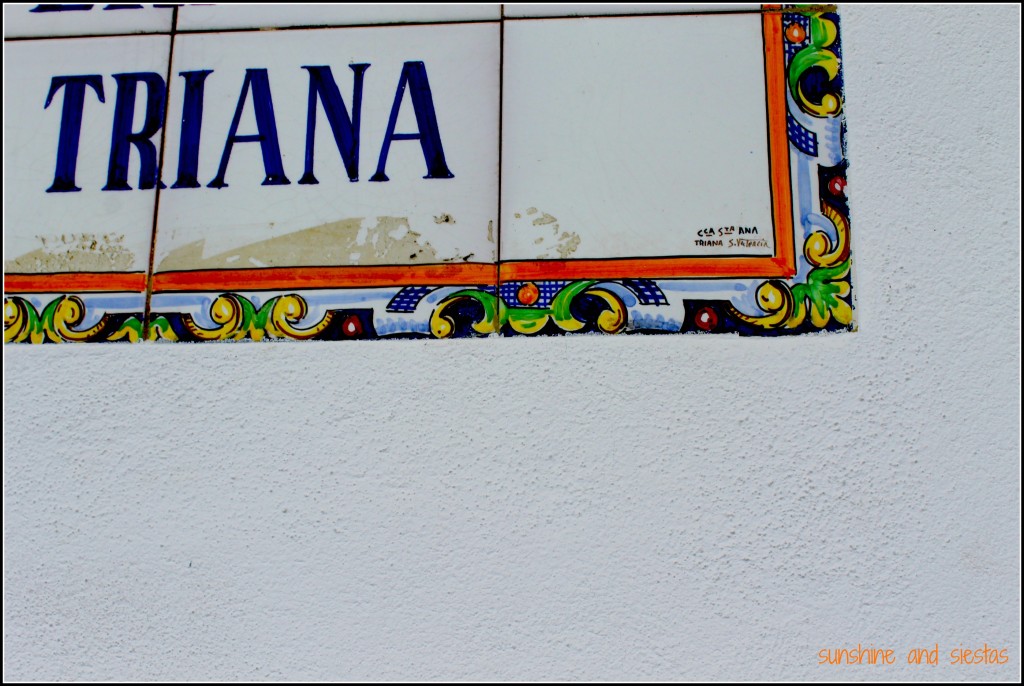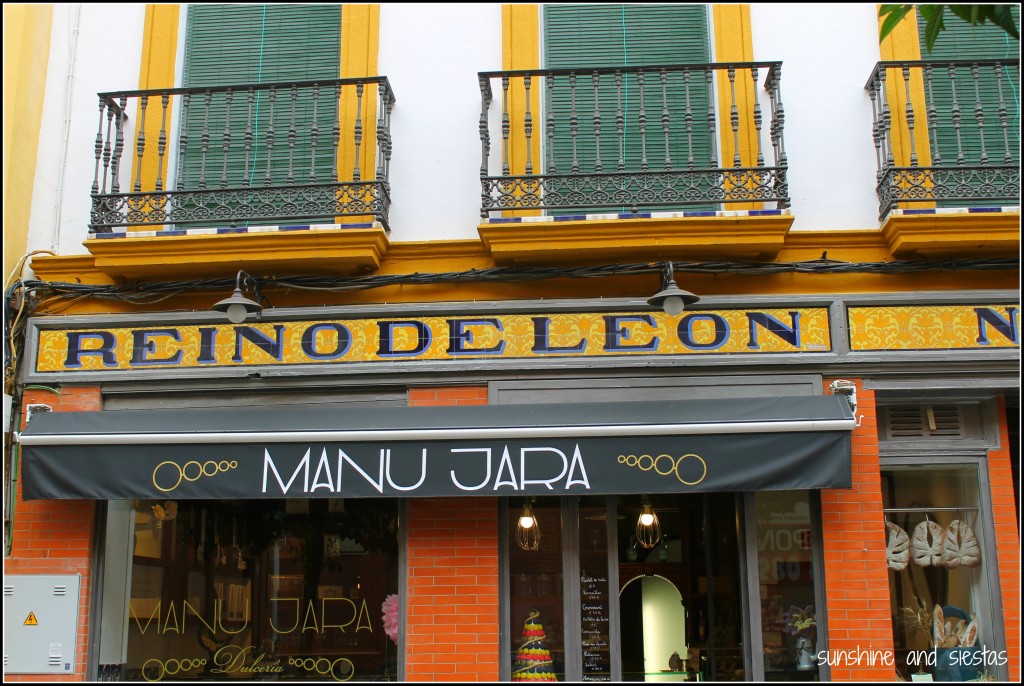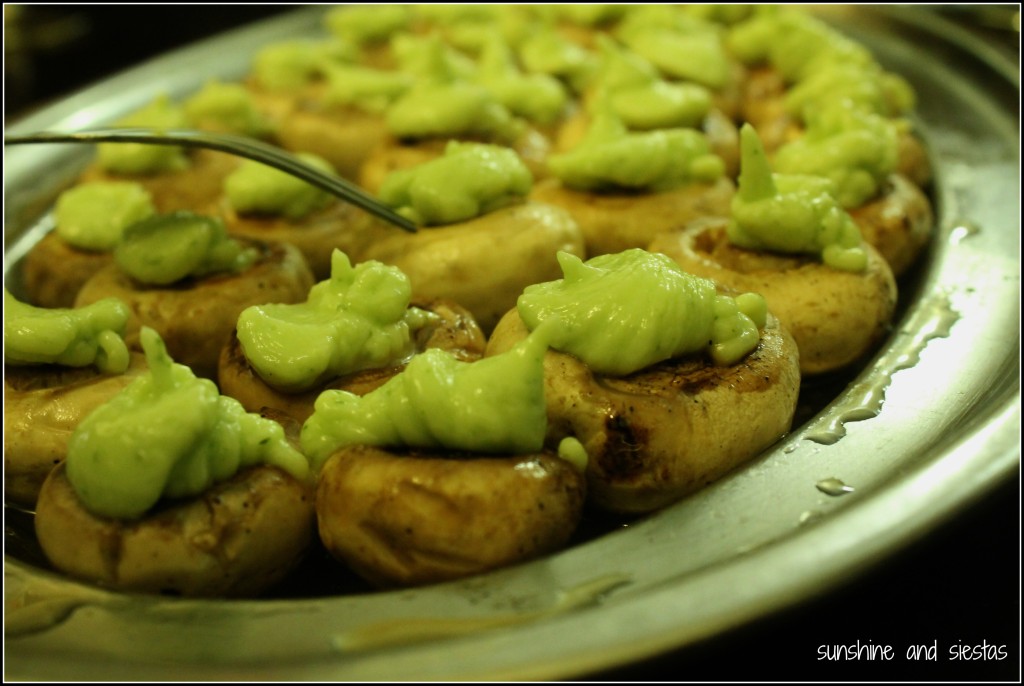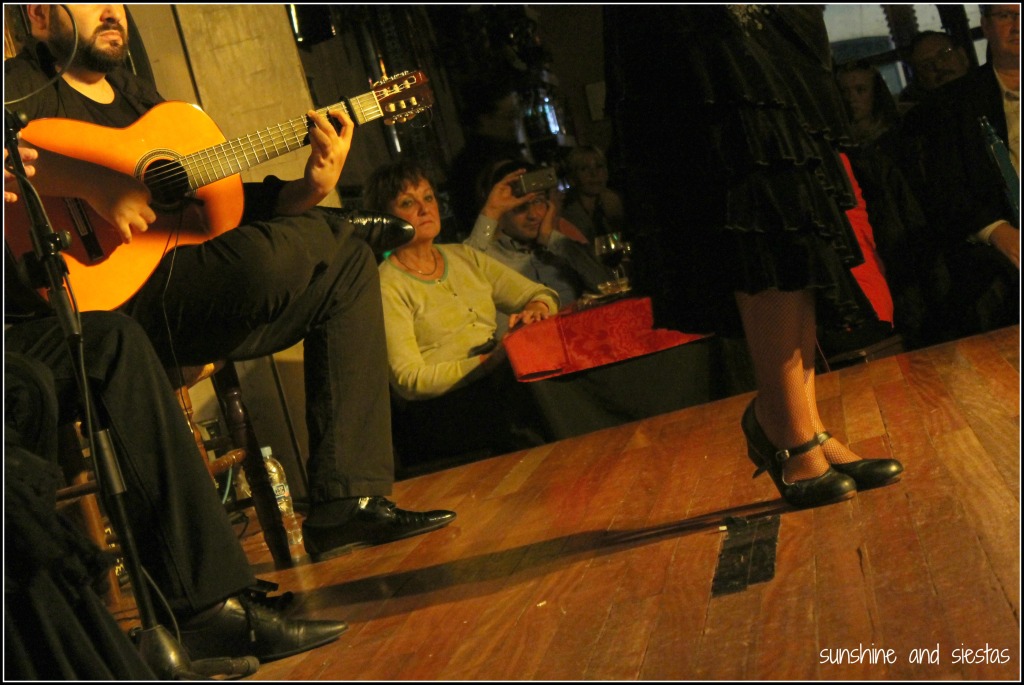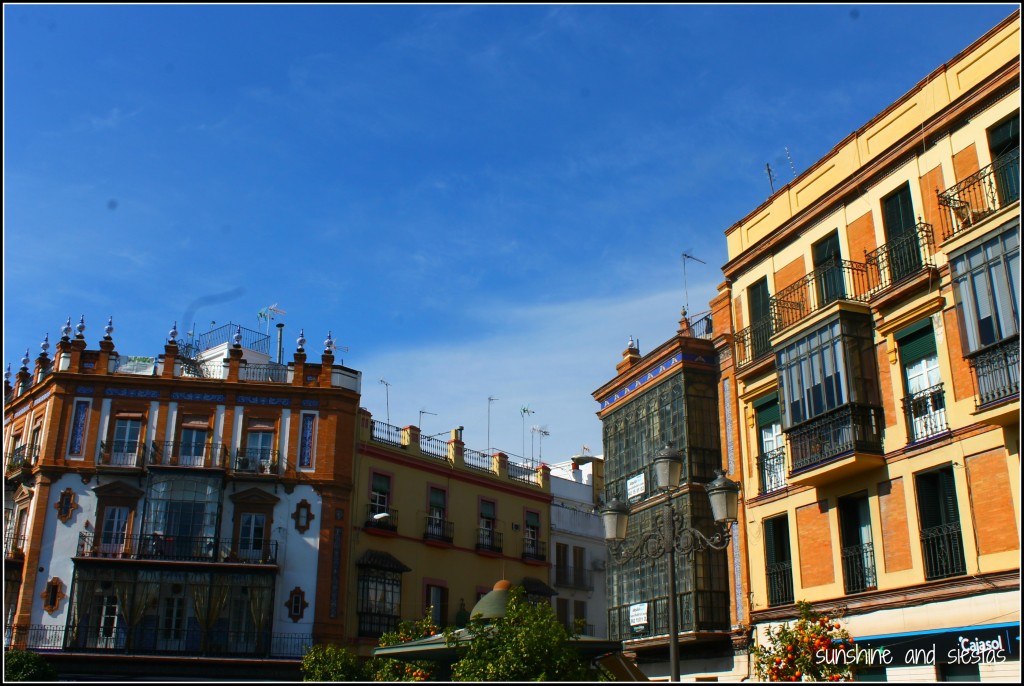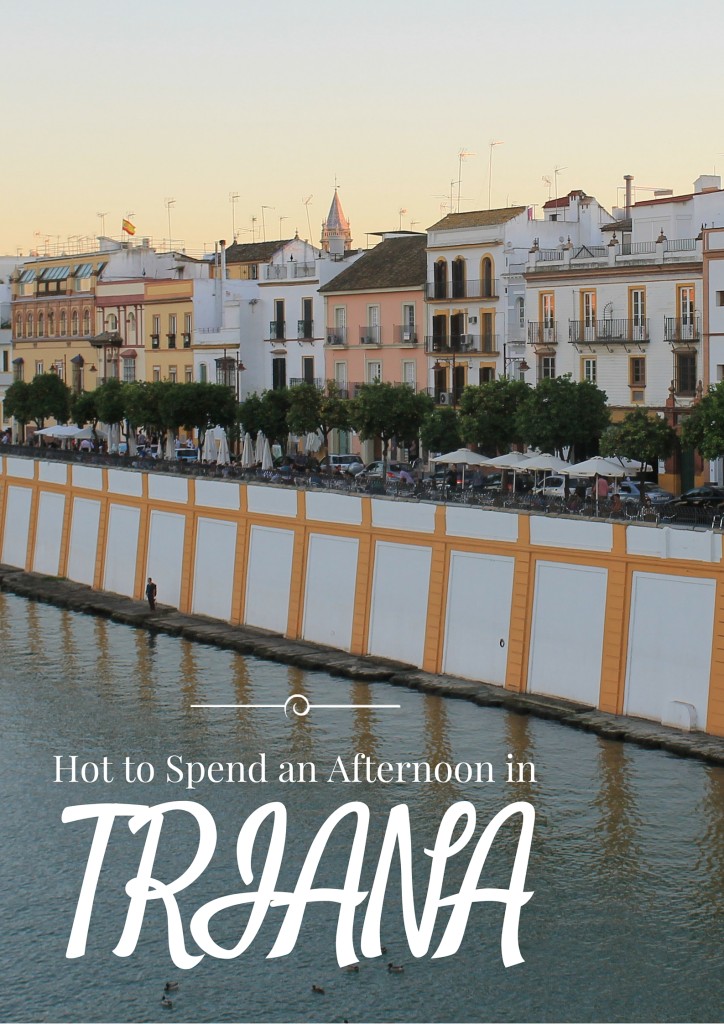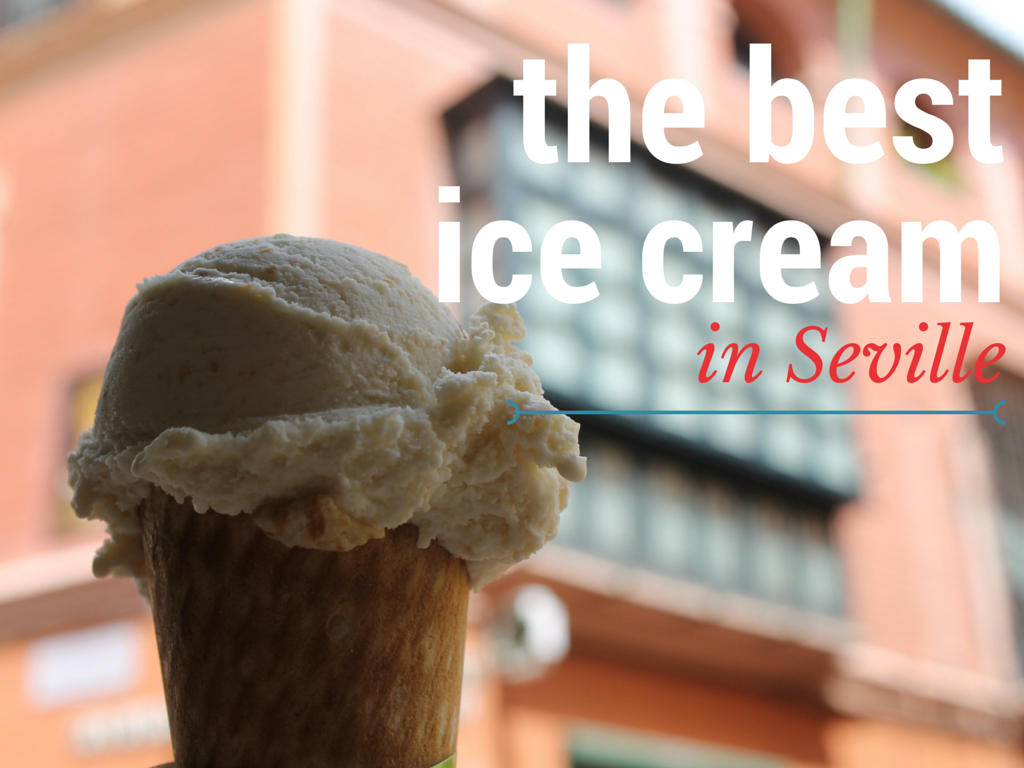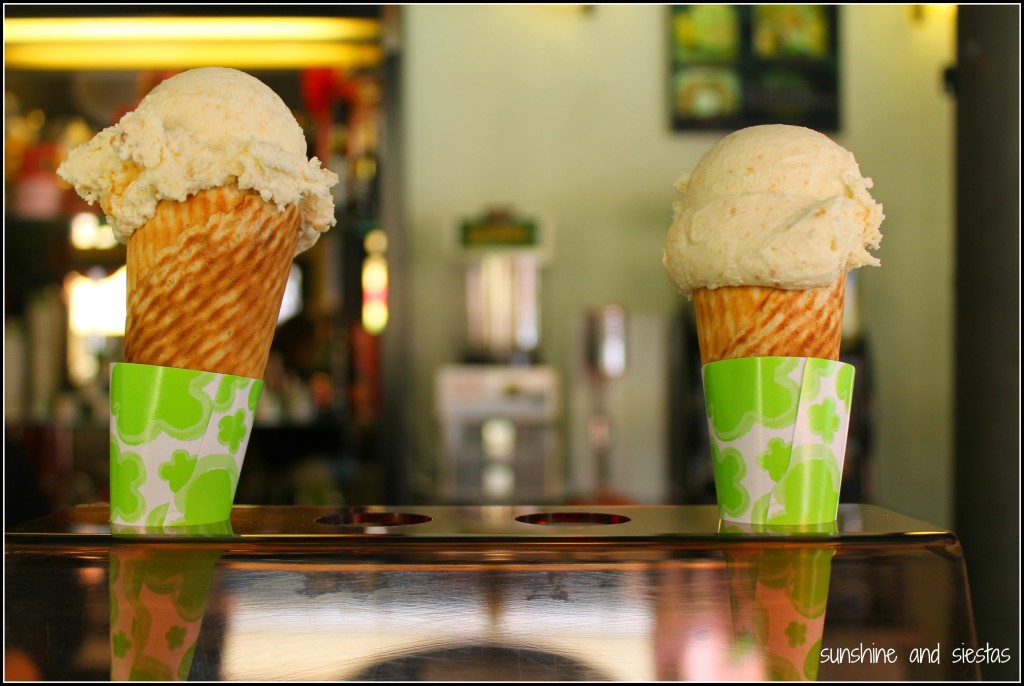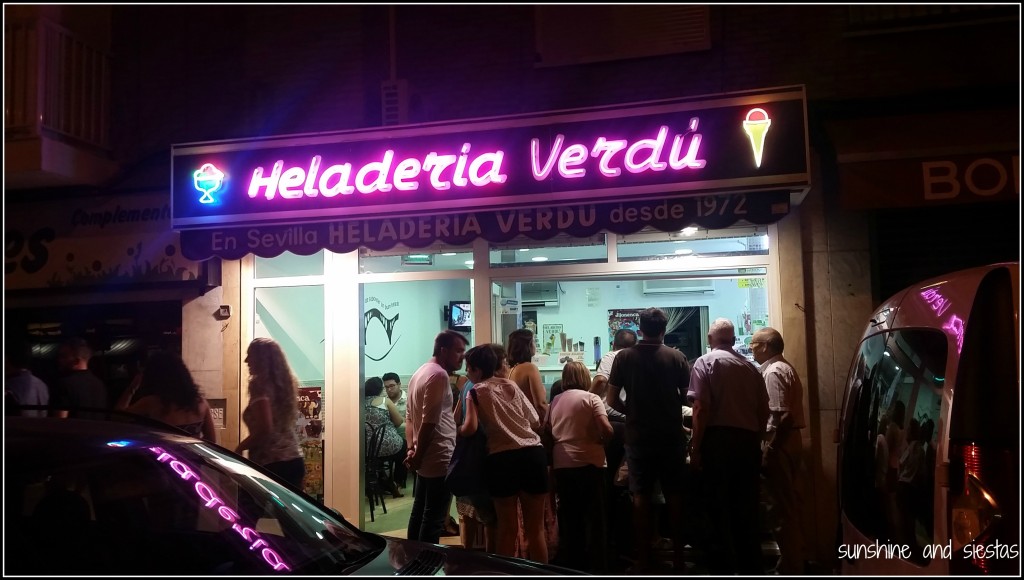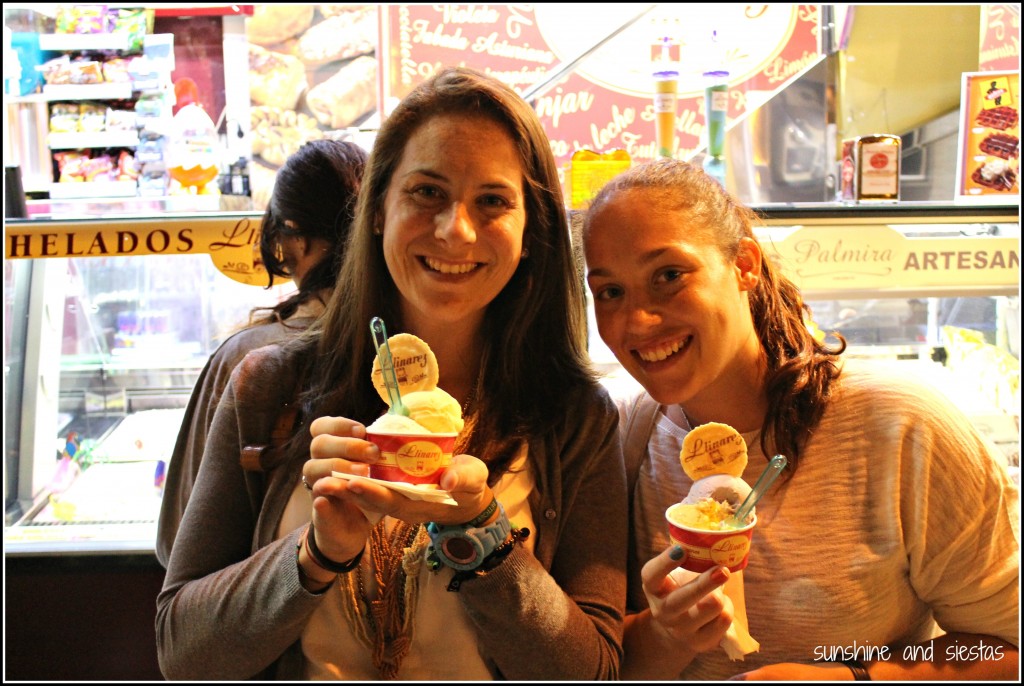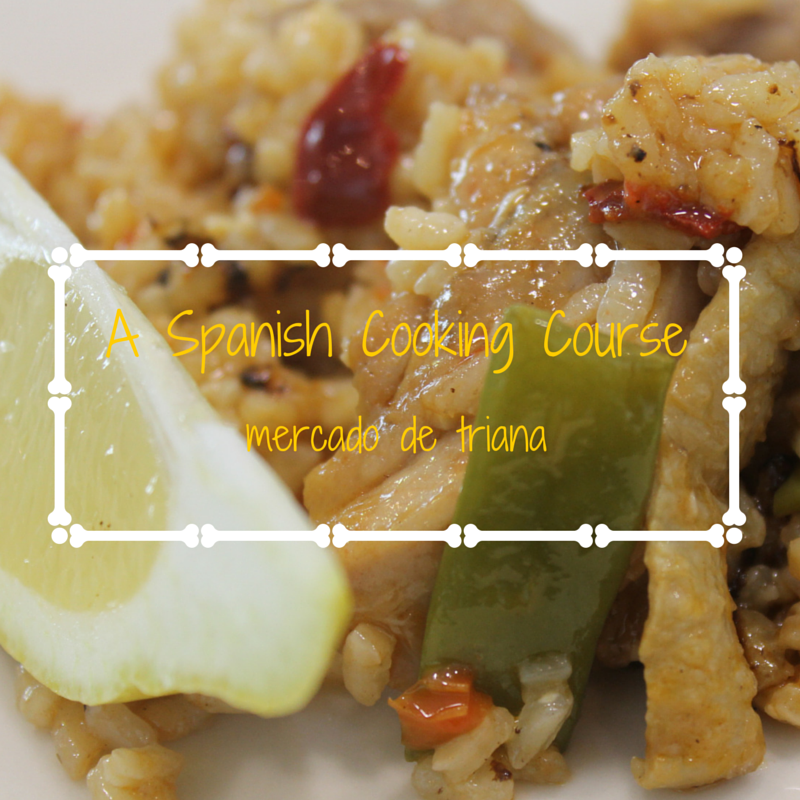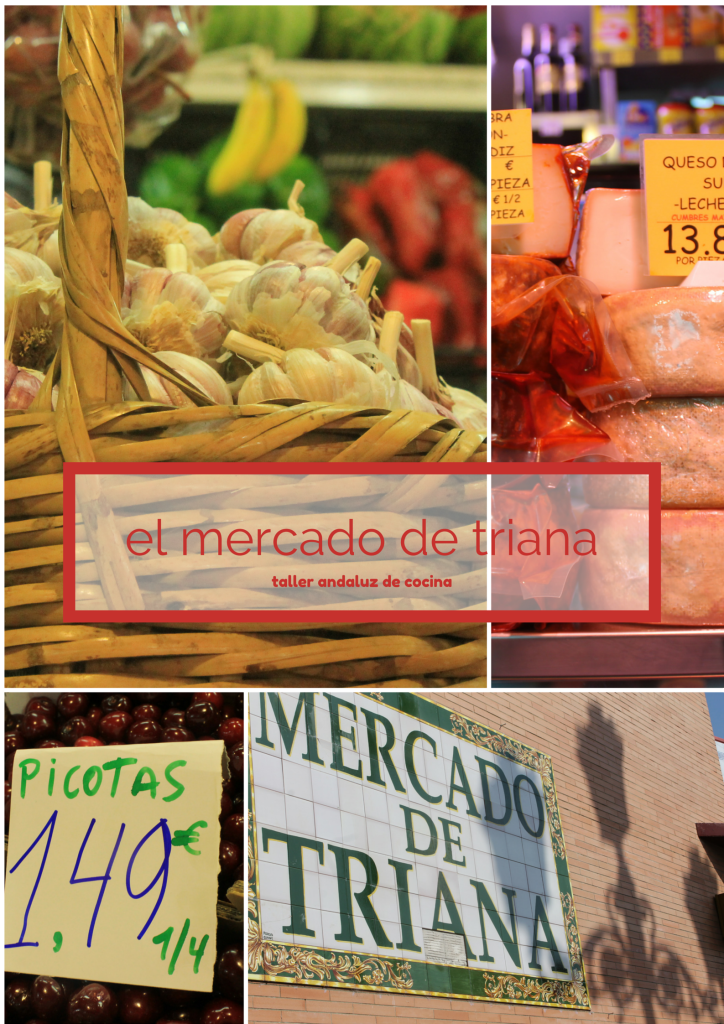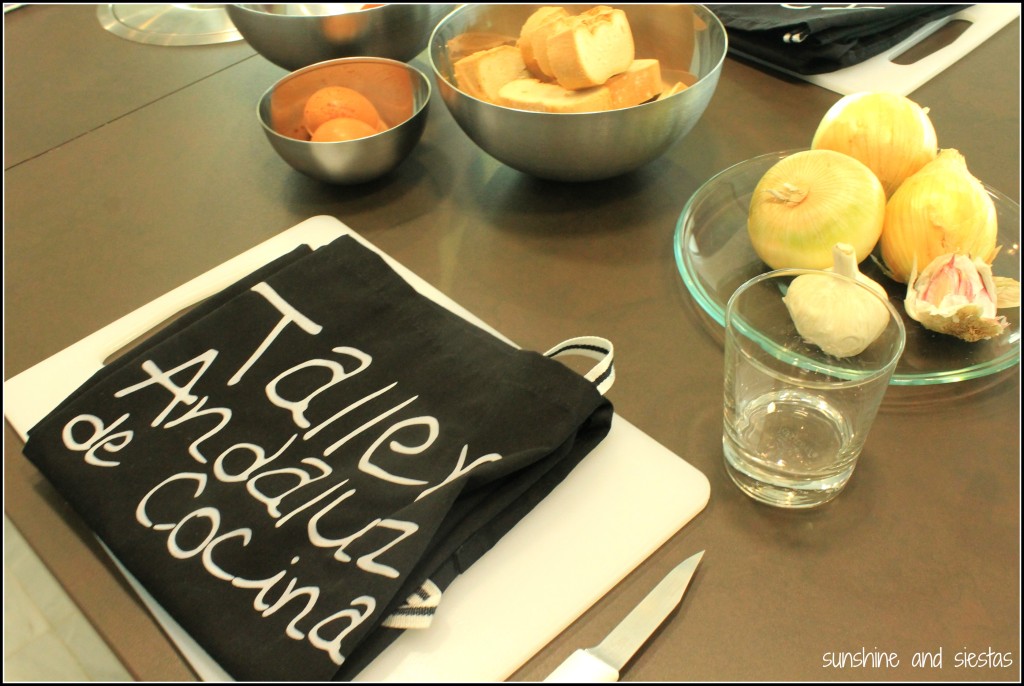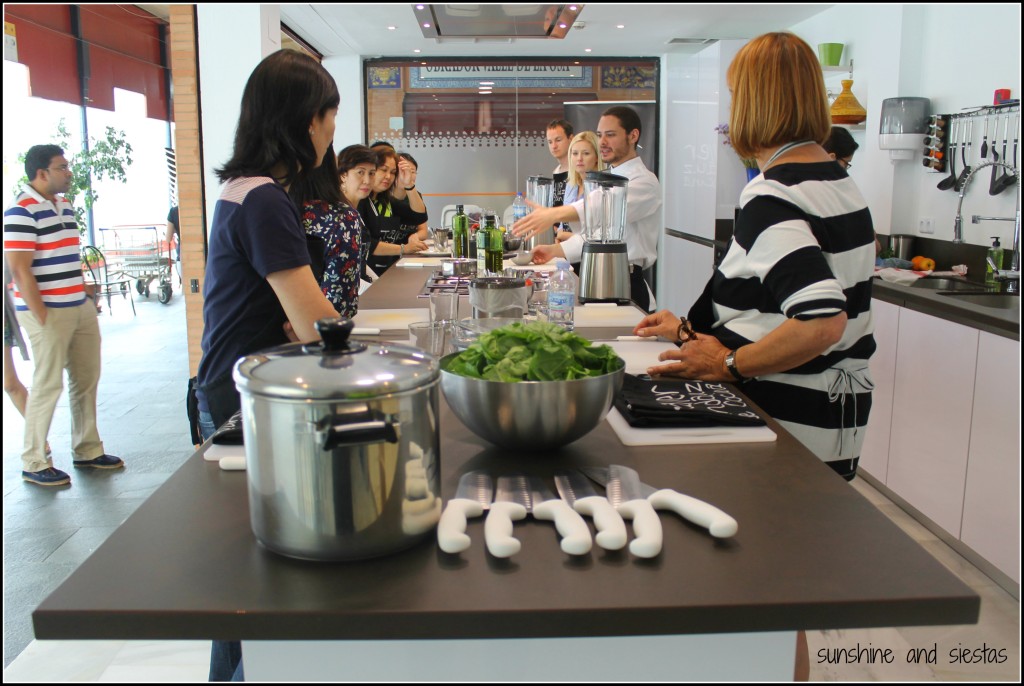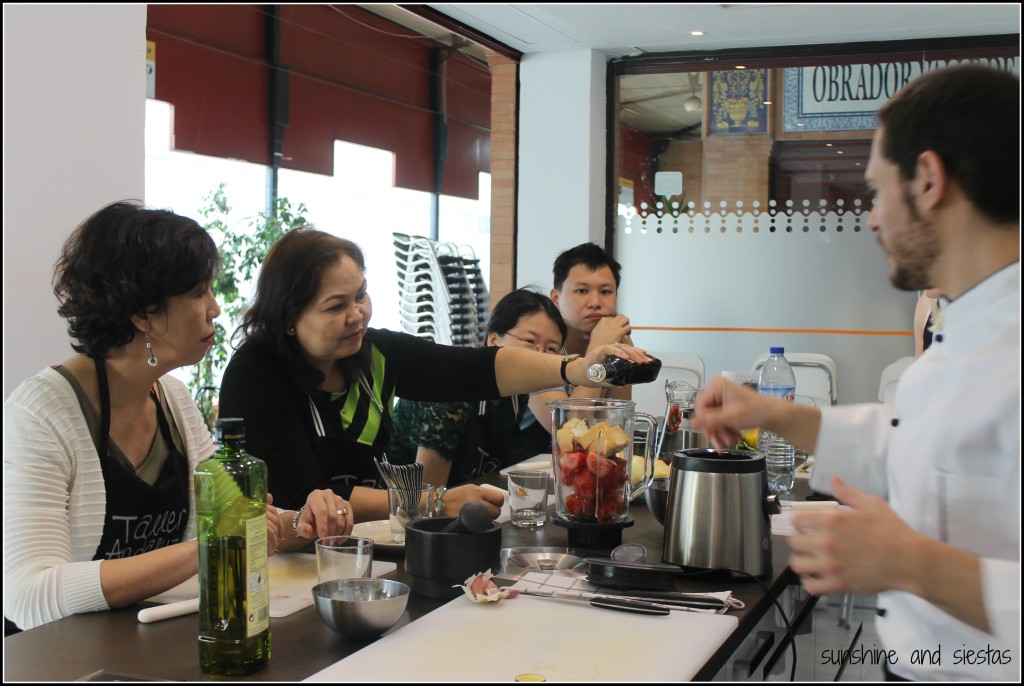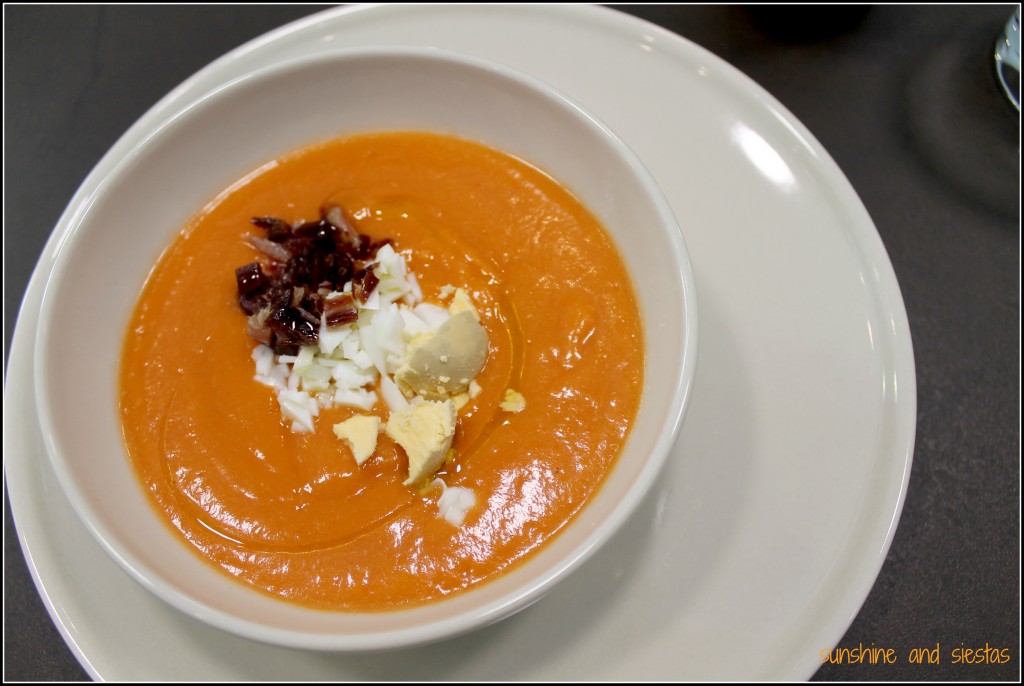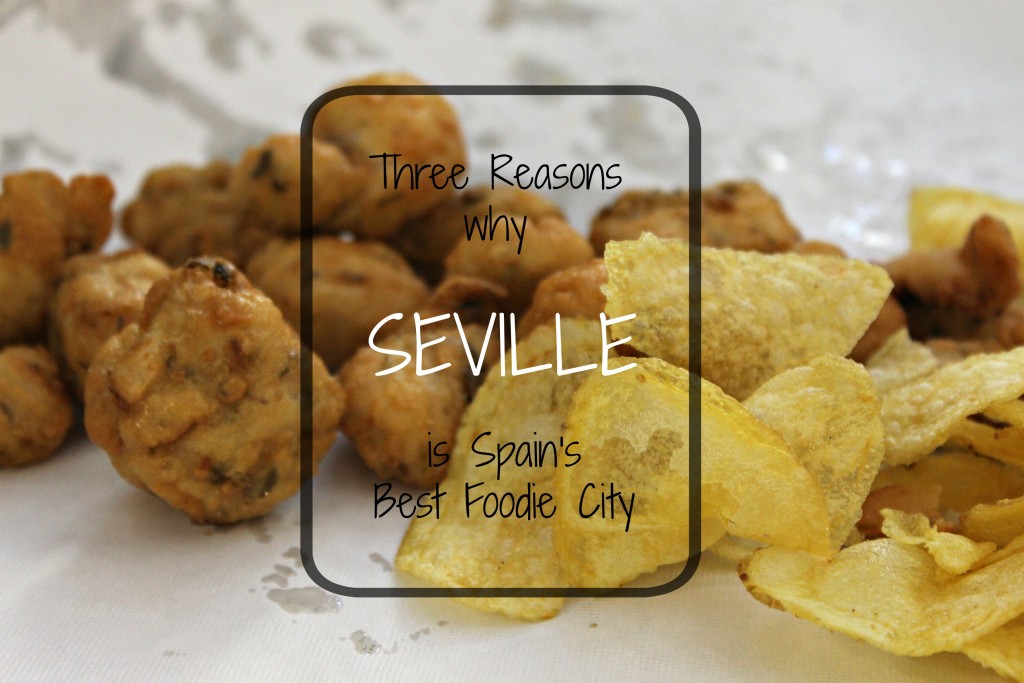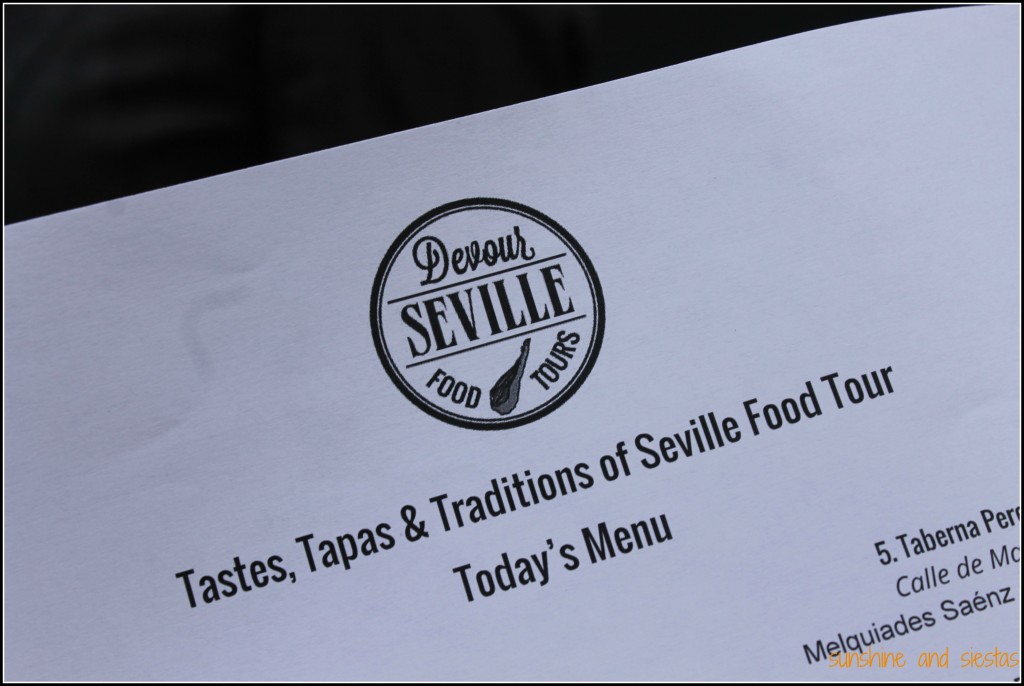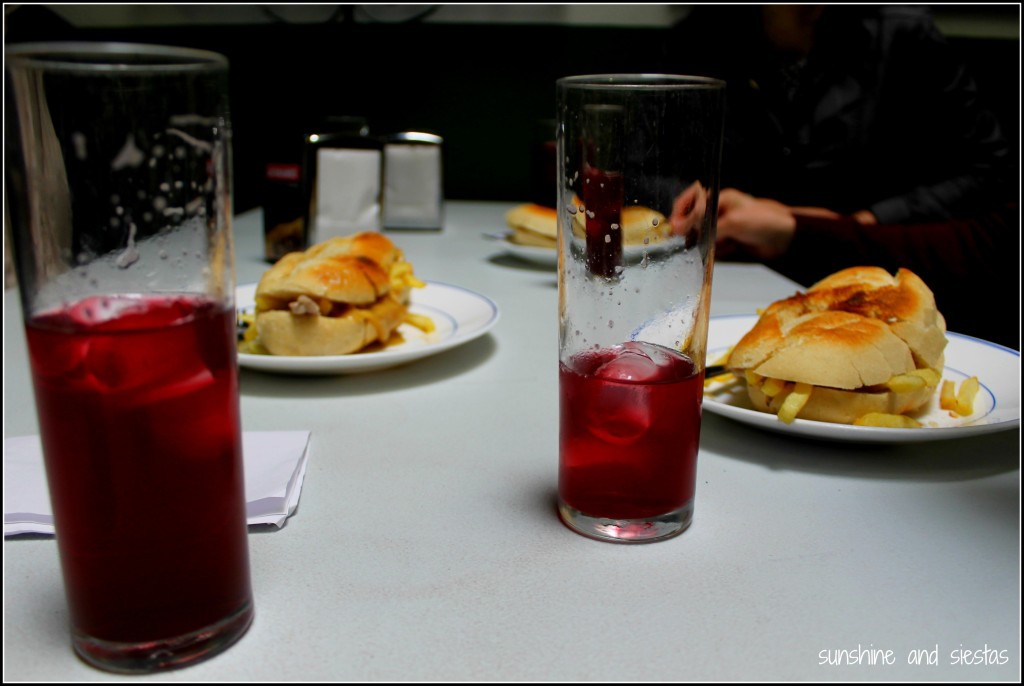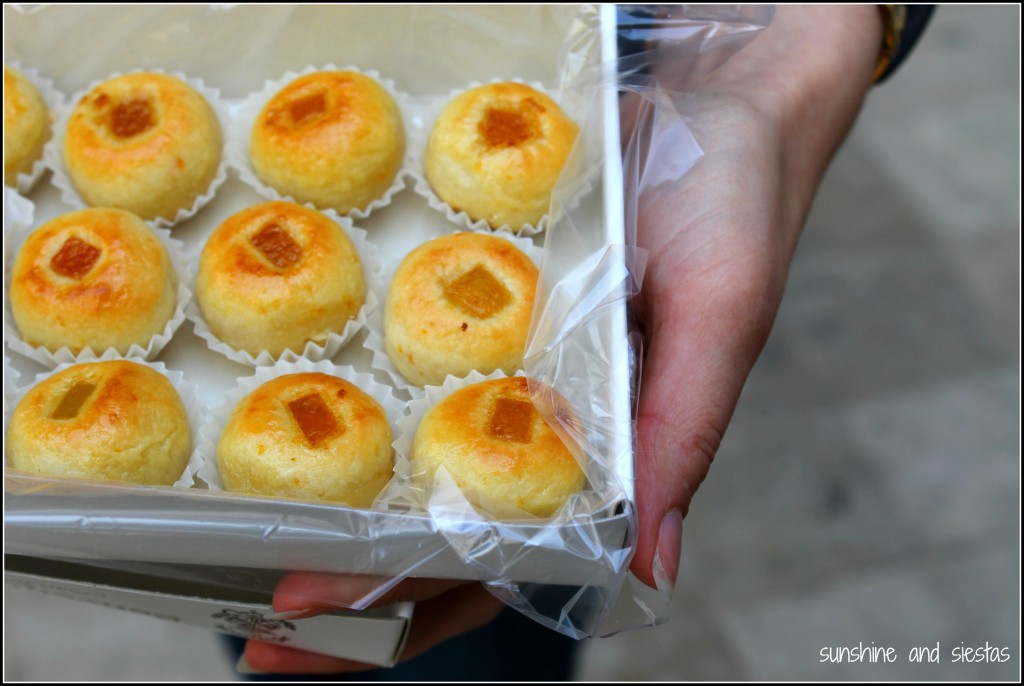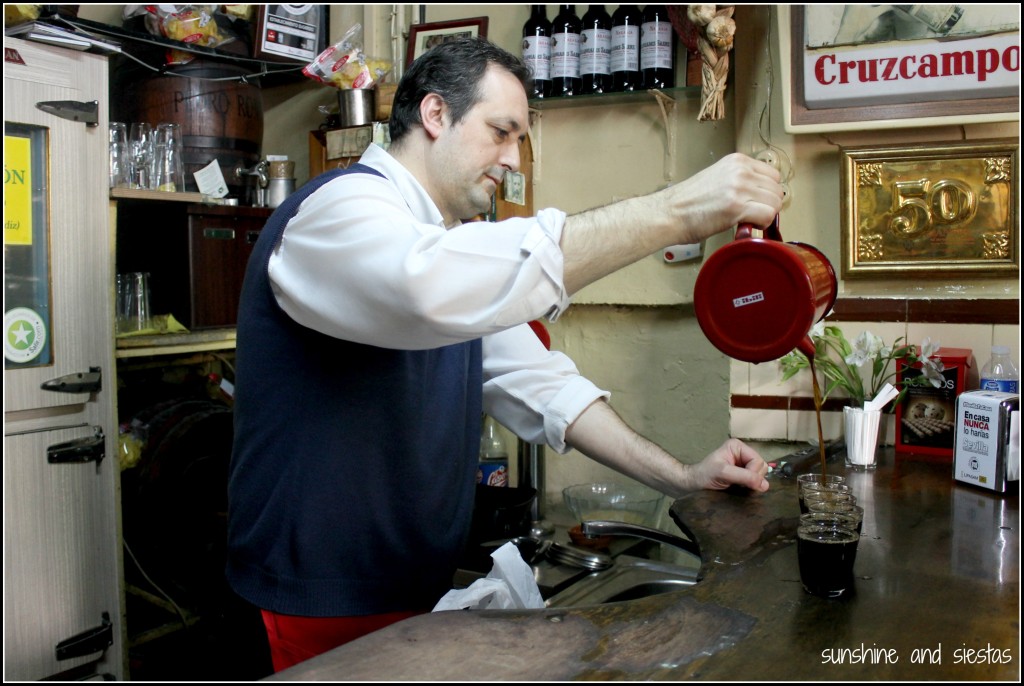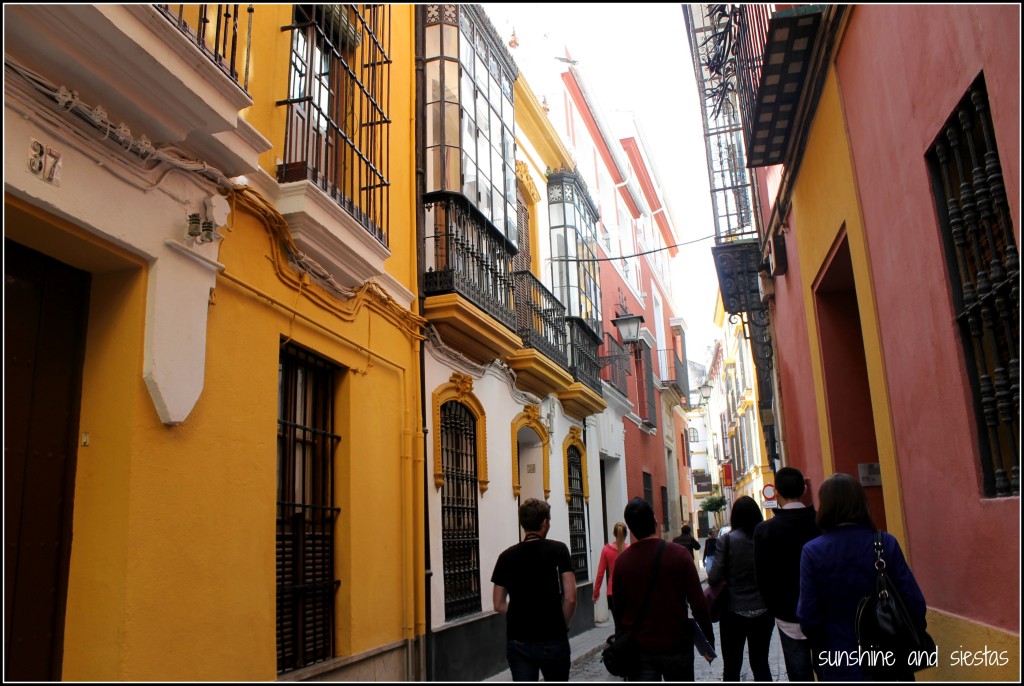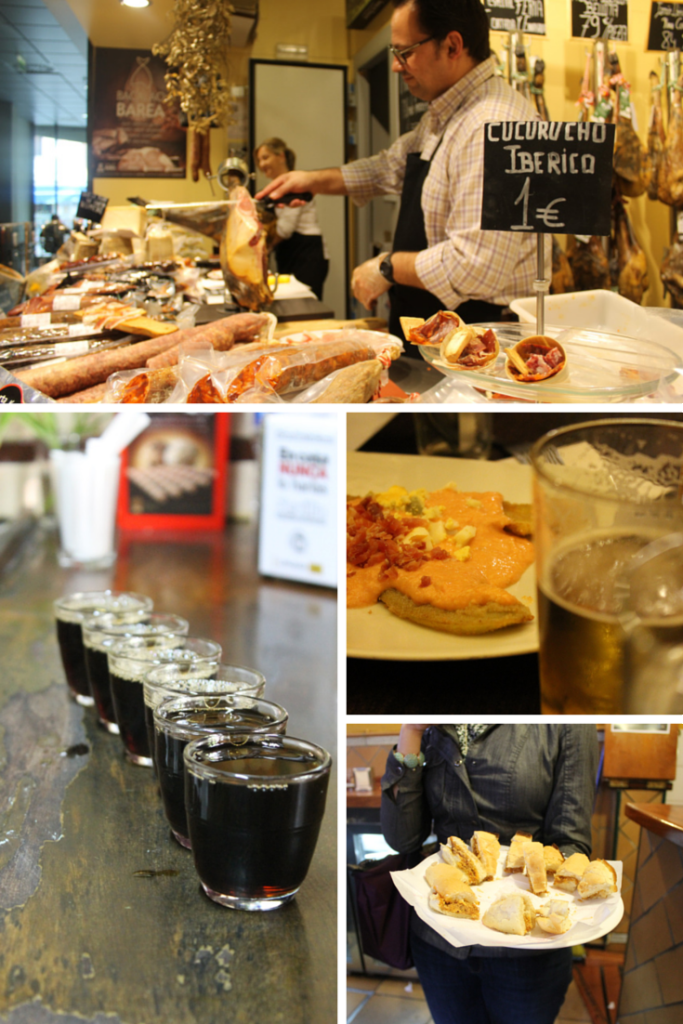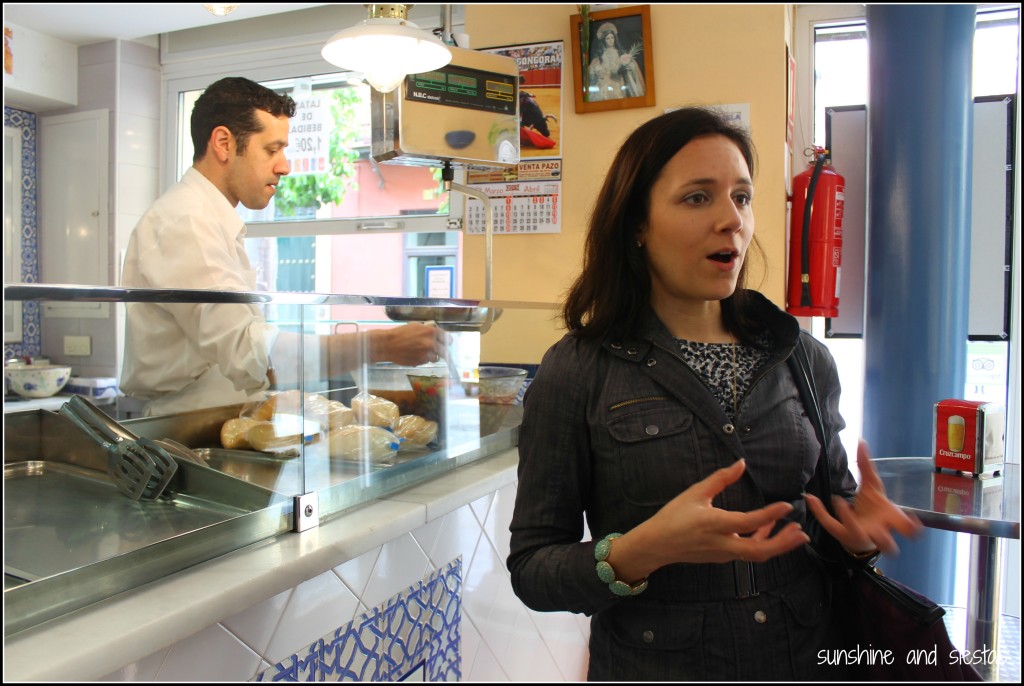The Epiphany is one of my most beloved Spanish Christmas traditions. Not only does it extend my holidays by a few days, but the Cabalgata parade means that candy literally rains down the streets of San Jacinto. Spanish children await their gifts from three wise men who travel on camels, distributing gifts (or coal) much like the Magi did when they traveled to see the Messiah. Santa Claus is making waves in Spain, but Gaspar, Melchor and Baltazar are three of the most recognizable faces for a Spanish child.
Apart from collecting hard candies that will serve as bribes for my students until June, people also gobble up the Roscón de Reyes, a sweet cake filled with cream or truffle fluff that’s traditionally served during the afternoon of January 6th.
What it is: A panettone-like cake made from flour, sugar, eggs, butter, milk and yeast, plus a few spices. Sliced open in the middle, the cake also has cream in the middle and is decorated with sugar-dipped fruits and sliced almonds. It’s essentially the first cousin of a King’s Cake, traditionally eaten in New Orleans on Fat Tuesday.
Where it’s from: Roscón – and its variants – have long been served in Spain on the Epiphany. The tradition actually began in Rome, when cakes commemorating the Three Wise Men’s search for Christ were served first to the poor and then divvied up for soldiers on the 12th night after Christmas. He who found the lima bean within the cake was exempt from work that day.
Nowadays, the person who finds a small plastic baby is the King or Queen of the afternoon, whereas the unlucky recipient of the bean must often pay for the cake the following year!
Goes great with: Coffee – it helps cut down on all the sugar you just consumed.
Where to find it in Seville: Roscón is one of those dishes that you’re better off buying – without a Thermomix, it’s pretty laborious! Head to any confitería and reserve one (I prefer Filella and Lola in Triana), or even pick one up in a supermarket if you’re in a pinch – a cake for 8 people will run you about 20€.
The Three Kings have a completely new significance for me – my son was born on January 4th and received a visit from Gaspar, Melchor and Balthasar before leaving the hospital. In fact, we were released from the hospital on the Epiphany, only to be told that the Cabalgata was passing right in front of the hospital. My first food at home after his birth was Roscón, and the small toy tiger my fatherin-in-law bit into that night will forever be treasured.
If you like the Three Kings Cake, try some other convent sweets like Huesos de Santos, Yemas de San Lorenzo or Roscas de Vino.
Have you ever tried Roscón de Reyes?
